Sketch out in your head the perfect mechanical specification for your ideal driver’s car. One that’s everyday accessible and can be enjoyed on the majority of UK roads. Not a hypercar or some other exotic, but a balanced, approachable and engaging machine to be enjoyed any time and anywhere.
So what have you got? Rear-wheel drive is a definite, as is a manual gearbox. And the engine is more than likely at the front, isn’t it? It’ll be naturally aspirated, too, for its purity and response. Sounds good, doesn’t it? Now try to find a new model that meets that brief. It’s tough, isn’t it?
The fact is what was once the default mechanical layout for driver thrills is very much on the wane. Front-wheel drive has obviously played its part, its benign driving dynamics and packaging benefits making it the number one choice for mainstream machines, while the greatest minds in motorsport have made their case for sticking the motor in the middle. And even those who have persisted with the original Système Panhard have been forced by ever-increasing eco-friendly pressure to adopt sophisticated automatic gearboxes, plus power- and efficiency-boosting turbos. As a result, the atmospheric-engined, rear-wheel-drive car with a manual transmission has become an endangered species.
However, it’s not quite extinct yet, and if look carefully, you’ll find at least five machines that still stick with a century-old template to deliver their thrills: the Caterham Seven, Mazda MX-5, Toyota GT86, Nissan 370Z and Ford Mustang.
In many ways, these cars are very different – there are wildly varying power outputs and physical dimensions – but their commitment to the old-school cause binds them together, and it’s no coincidence they’ll all rev happily to 7000rpm. More important, bringing our quintet together allows us to see whether they are still relevant in today’s increasingly sophisticated motoring landscape or simply four-wheeled anachronisms living on borrowed time.
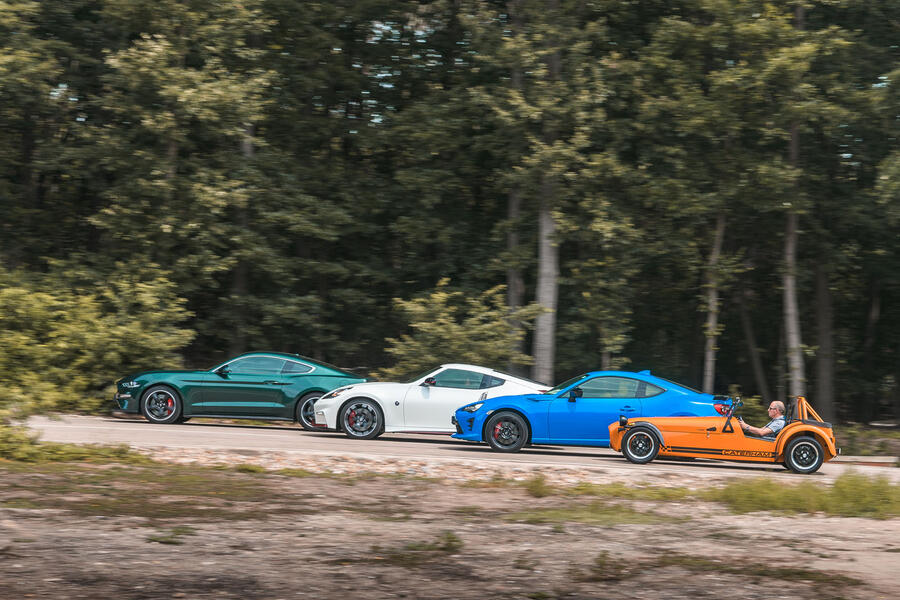
If the latter, then the Caterham’s been awaiting its demise for quite a while now. Over 70 years, in fact. Starting out life as a Lotus in 1948, the Seven is arguably the strongest proponent of this front-engined and rear-drive philosophy. With the exception of its supercharged 620 flagship, the Seven is nat-asp, manual and rear drive all the way. In fact, it’s essentially an engine, transmission and some suspension components that have been loosely covered in the least amount of bodywork possible. As result, in 310R guise driven here, it tips the scales at just 540kg, most of that mass being attributed to the 152bhp 1.6-litre Ford engine, the Mazda-sourced five-speed gearbox (Caterham’s six-speeder has been dropped after the demise of its supplier), a short propshaft and a de Dion rear axle with limited-slip differential.
Getting into a Seven has always required a certain amount of contortionism, especially in a narrow-bodied version like our startling orange example, but once you’re in, you won’t want to leave (especially as getting out is even more challenging). If ever there was a car company that highlights the beauty of this layout, then it’s Caterham. For starters, like all the cars here, the Seven’s engine responds instantly to your right foot, the amount of urge you get being directly proportional to the amount of throttle you apply. There’s no lag here, or sudden spike of turbocharged torque – just a precise, linear riposte to your wishes. Of course, it’s enhanced on this R-spec car with its lightened flywheel that allows the four-pot to spin even more quickly, accompanied all the way by a barking, crackling exhaust note and scintillating acceleration. All of this is orchestrated by that five-speed ’box, which serves up the sort of delicious, whip-crack changes that have you swiftly shifting up the ratios and happily heel-and-toeing back down again just for the hell of it.
More important, the 1.6-litre motor has just enough grunt to exploit the Caterham’s beautifully balanced handling. With wrist-flick steering, the engine out front, the rear wheels driving and so little mass to move around, the near-viceless Seven can be thrown around with abandon, no situation requiring more than some extra lock or a stab of throttle to get the car pointing just where you want it. It is quite simply a pure, undiluted hit of driving pleasure. As a back-to-basics reappraisal of why we love cars and driving, nothing comes close.
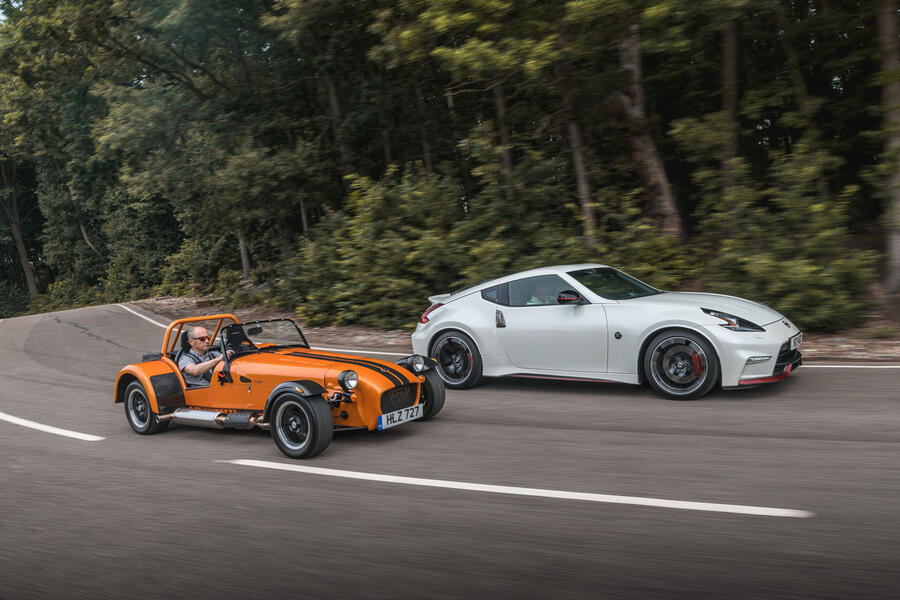
That said, both the MX-5 and GT86 get nearer than you’d think, albeit from slightly different directions and with a sheen of everyday refinement. Each has a 2.0-litre engine, weighs around a tonne and has been designed for driving fun rather than outright performance.
Of all our contenders here, the Mazda is the most familiar sight these days, its status as the world’s best-selling roadster seeing to that. Through its three decades and four generations, the MX-5 has stuck staunchly to its founding principles. The engines have got larger and there are more cogs in the ’box, but the essential simplicity remains.
No mainstream manufacturer is more deeply committed to natural aspiration than Mazda and it shows in the raspy soundtrack and eager delivery of the 181bhp 2.0-litre engine (there’s also a 1.5-litre option). Like the Caterham, there’s no delay or sudden surge in acceleration, just a beautifully direct response to the throttle. It’s brisk rather than quick, but such is the engine’s enthusiasm for forays beyond 7000rpm that you never feel short-changed, plus the slick and quick six-speeder’s snappy shift action makes it a joy to maximise what’s on offer.
Like all MX-5s, there’s a fair amount of body movement as you press on, but this is all part of the car’s way of easily telegraphing its limits, which are gloriously approachable at real-world speeds. And there’s no reason to fear the Mazda even as the grip runs out, its balance and adjustability allowing you to widen or tighten your line with subtle lifts and prods of that surgically precise throttle.
By contrast, the GT86 aims to amplify its rear-wheel-drive genes, hanging it all out at the drop of a right foot. In many ways, it’s very similar to the Mazda, but with its stiffer suspension and hard-compound Prius-spec low-rolling-resistance rubber, the Toyota eggs you on to exploit its mechanical layout. With the traction control sent packing, the GT86 gets hilariously expressive, exiting slower corners and the odd roundabout in a fashion that suggests the rear wheels have been replaced with castors. It’s precise and keenly adjustable at speed, too, the Sachs dampers of this Blue Edition keeping everything nicely tied down.
If there’s a downside, then it’s the throbbing and slightly breathless flat-four engine, which to those schooled in the way of the turbo can feel feeble low down – even compared with the Mazda – and wheezy at the top end. Yet once again, this negative can be spun on its head and turned into a challenge for the driver, who is motivated to make the most of the robust gearshift to keep the boxer on the boil. But when there’s so little grip and such an exploitable handling balance, the lack of outright performance hardly seems to matter.
![]()
If one car typifies the current struggle for survival of these types of machine, it’s the 370Z. Did you know it’s still on sale? No, neither did we. Such is the lack of marketing or publicity for this car that it’d be easy to think production had ended or was very close to being wound up. Yet, like Mark Twain, news of the Nissan’s death is very much exaggerated. In fact, this year is the 50th anniversary of the Z car, which means the Japanese brand, in the UK at least, is quite literally missing a golden opportunity to cash in.
It’s not a sophisticated car, the Z, but it is a characterful one. It’s one of those machines that goes like it looks, the heavyweight muscular lines of reader Mick Moore’s immaculate Nismo translating into a car that requires a certain physicality to drive. There’s a meatiness to all the car’s controls that marks it out as a mini-muscle car, from the hefty yet precise steering (hydraulically assisted) to the six-speed manual that has a robust mechanical action. In a world of electric assistance and seamless dual-clutchery, the Z feels defiantly old school.
The 339bhp 3.7-litre V6 still has a harsh top end and it revs a little lazily at low revs, but it’s not short of torque, which combined with the throttle’s scrupulously precise translation of your inputs (can you sense a theme emerging here?) makes it easy to exploit the Z’s short wheelbase and wide track: you can have as much or as little oversteer as you like. Even when you’re not showboating, the Nissan is great fun to drive, substituting the clinical efficiency of more modern rivals for a grittiness that keeps you constantly involved. It’s not perfect (it’s fairly heavy, likes a drink and shows its age in the cabin) but it does make you smile.
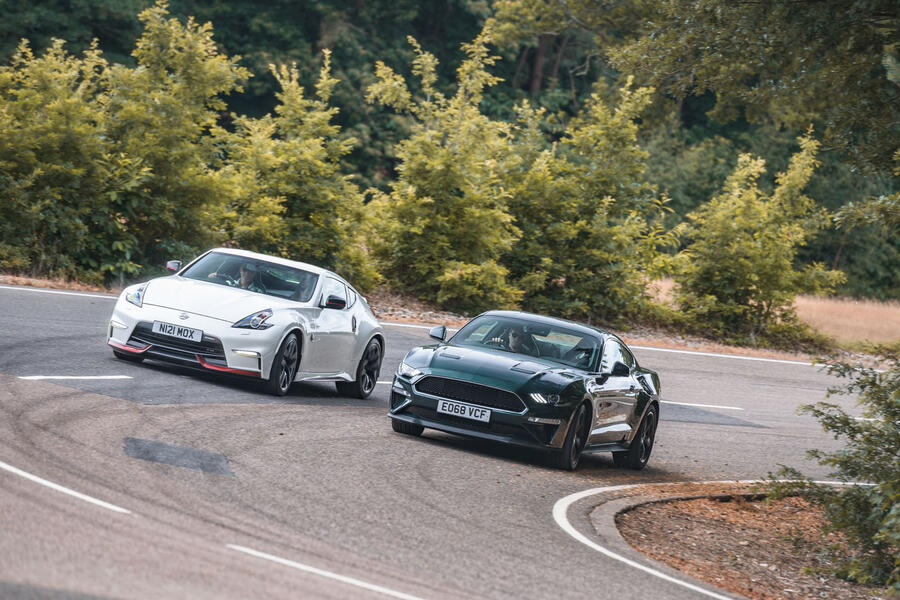
You’ll have a similarly large grin on your face before you’ve even stepped foot in the Mustang. Resplendent in its Bullitt-spec dark metallic green finish, this is arguably the coolest car currently on sale based on looks alone. It sounds pretty good, too, burbling away at idle before firing off a bellowing crackle with each blip of the throttle. If the 370Z channels a muscle-car spirit, then the ’Stang is the real deal.
It’s a big car, mind, and it feels it on UK roads. You sit remarkably high and the car only just fits between the verge and the white lines. And despite talk of this being the sharpest Mustang yet, it’s still a pretty blunt instrument. It shares the same barebones layout with the Caterham, but dynamically the pair are poles apart.
Put simply, the Ford has too much mass to manage and, even on its stiffened springs and dampers and with its new-fangled (in Detroit at least) independent rear suspension, the Mustang feels the least precise and agile here – a sensation that’s compounded by the light steering.
Yet there are genuine giggles to be had with it. Avoid throwing it around like you would the others and you can make rapid progress as you revel in that big 453bhp 5.0-litre V8’s rich and seemingly bottomless pit of accurately meted out 390lb ft of torque, with each reach for that cue-ball-topped and longish-throw gearlever starting the whole bellowing process again.
Slow in and very fast out is the technique for making progress, the combination of muscle and traction (the Mustang is softer and more plush riding than you’d imagine) allowing for some stonking cross-country pace. Ultimately, the heavy, thirsty and poorly packaged Mustang is the car that potentially highlights just how out of step the whole naturally aspirated, rear-wheel-drive, manual-gearbox philosophy is.
Yet it also demonstrates how wide the concept’s bandwidth can be. Yes, all five of our contingent share a common layout but, in character and execution, they couldn’t be more different.
Perhaps more pertinent, in times of increasing homogeneity and ever greater autonomous driving technology, cars like our famous five are needed more than ever as reminders of why we love driving, and why this combination of engine, transmission and drive layout still delivers the purest and most exploitable thrills. Our advice is to get in now while you still can.
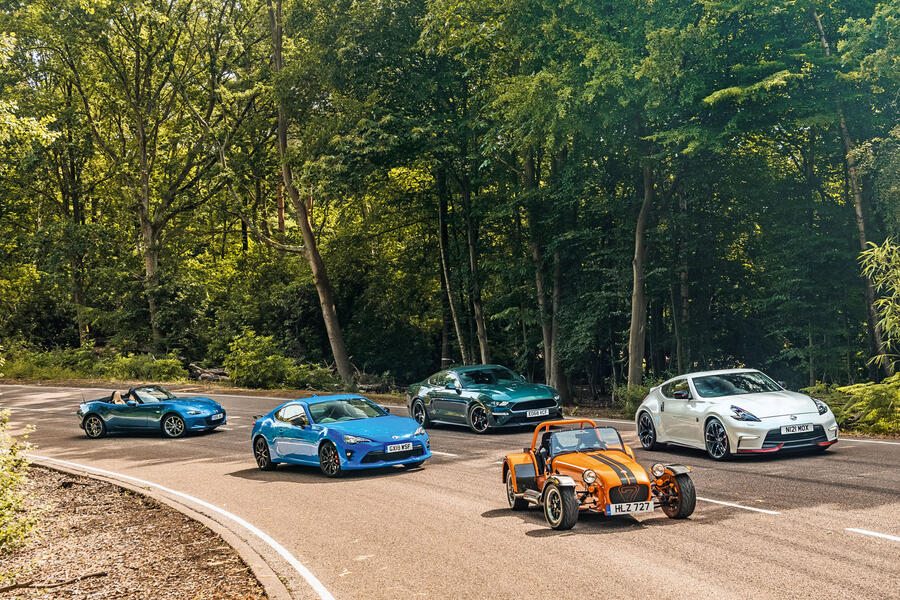
The rest of the best purists' cars
Matt Saunders - Aston Martin VANTAGE GT8
You could say this endof-the-line special was inferior to the gutsier GT12, but that car was saddled with Aston’s rubbish robotised manual gearbox. The GT8 was a manual. And what a chassis it had. How wonderfully feelsome and deliciously old school did that steering system feel? And what an utterly sublime and ridiculous noise it made. You could hear it from a couple of counties away – and I’ve still got wallpaper pictures on my laptop as testament to how spellbindingly adjustable its handling was.
Steve Cropley - MGB
I still love the simple, near-perfect proportions of the hull-like styling, which embodied what designers now describe as ‘great surfacing’. It was torquey, it was roomy, its engine note was unique and brilliant, and it stood for carefree times. Still does.
Matt Prior - ASTON MARTIN DB MKIII
Difficult. This is my favourite type of car, engine, driven axle, transmission and location of engine. It’s why Toyota’s GT86 is so readily adorable, and the first car I’d buy if I had a proper job. But in the land of still dreaming, the Aston Martin DB MkIII is one of the most special cars I’ve ever driven – regardless of layout – so I’ll choose that.
FIVE BEST USED BUYS
With its screaming 237bhp 2.0-litre VTEC and precise sixspeed ’box, the S2000 has one of the finest powertrains. The handling can be a little twitchy at the limit but, when the 2.0 is singing at 9000rpm, you won’t care. Budget on around £6k.
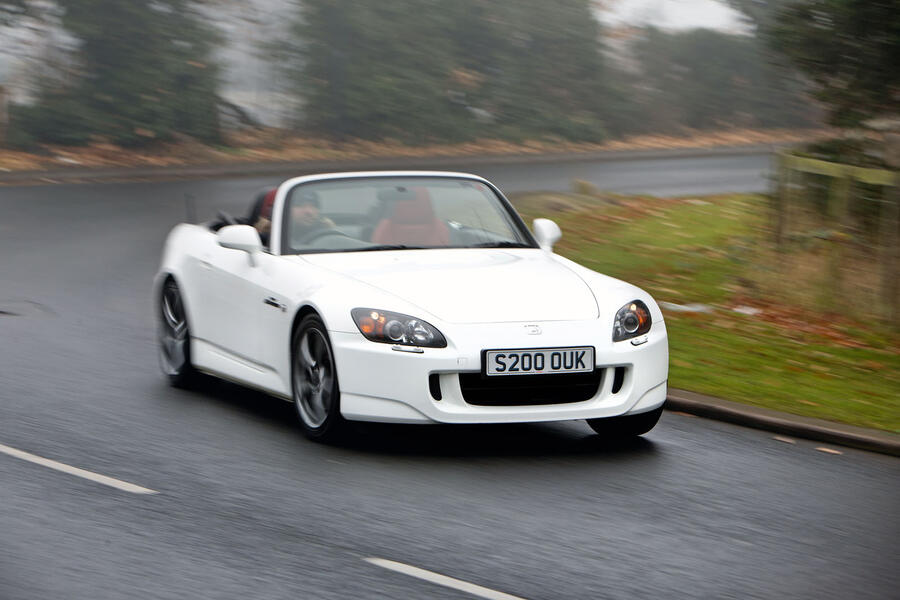
If you’re going to get a TVR, the more bonkers the better. This is one of the last analogue supercars, the rampant forces of its 400bhp 4.0 six controlled by nothing more than your right foot. Prices start at £70k but are only going one way.
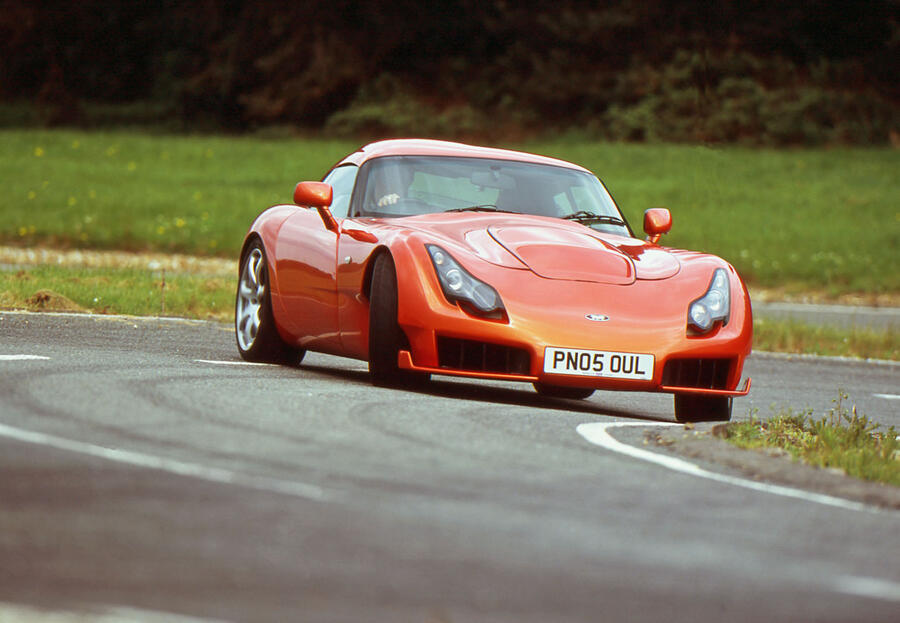
We’ve discussed the latest one, but the MX-5 arguably makes even more sense used. A tidy Mk3 will set you back as little as £2000 (you’ll get a choice of 1.8 or 2.0 models for that), which is not a lot of cash for so much fun. It’ll be reliable, too.
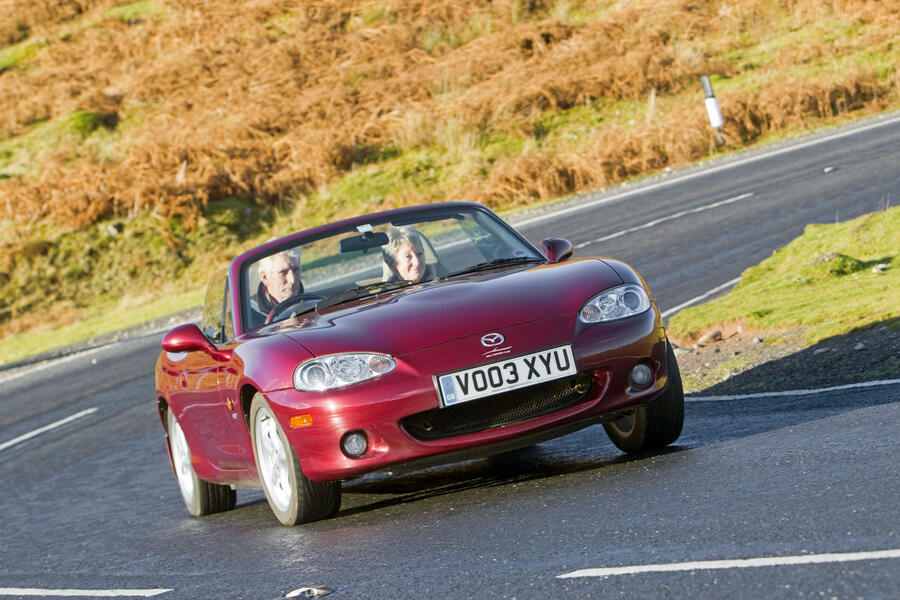
The six-speed manual N430 was the pick of the Vantage bunch in 2014. With a spine-tingling exhaust note, balanced handling and bags of charm, the limited-run Aston even looks decent value at £60k.
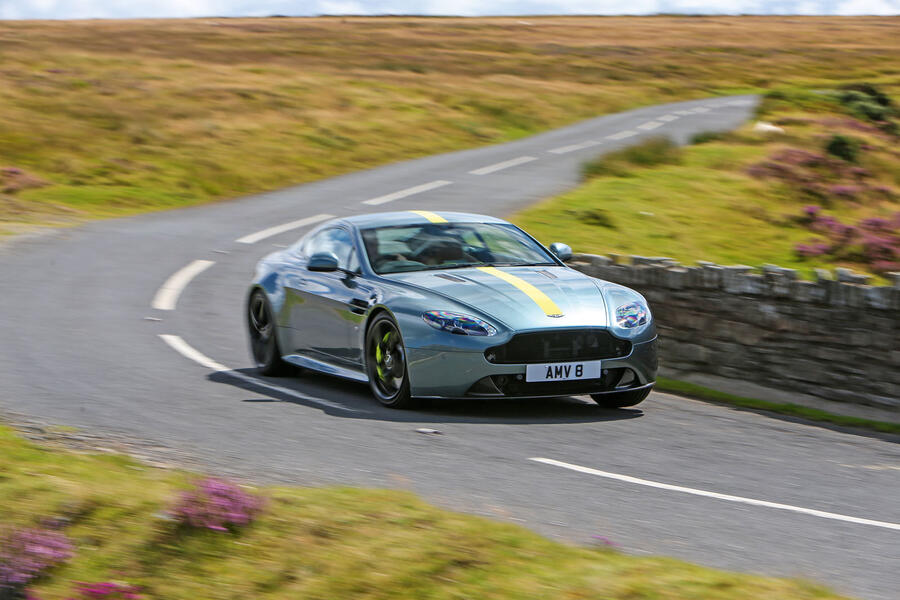
The last of the naturally aspirated M3s is a bit special. Playful rear-drive handling is a given, but the 414bhp 4.0 V8 is the star, punching hard as it howls to a 8300rpm redline. Pick a six-speed manual. Price: tantalisingly close to £10,000.
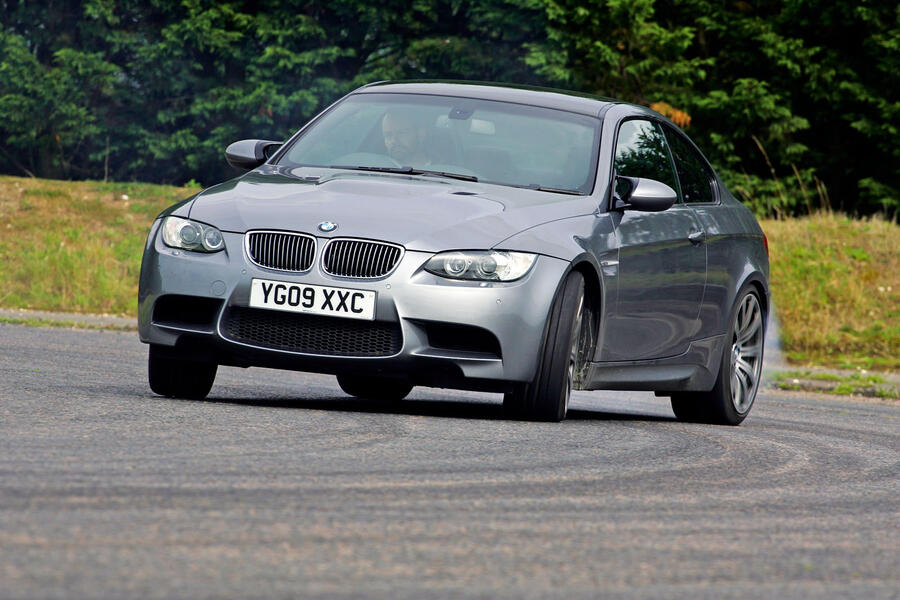
This article was first published on 28 September 2019. We're revisiting some of Autocar's most popular features to provide engaging content in these challenging times.
READ MORE
Long read: What is the future of driving for fun?
Is this the end of the V8 engine?
The best slow cars to drive fast


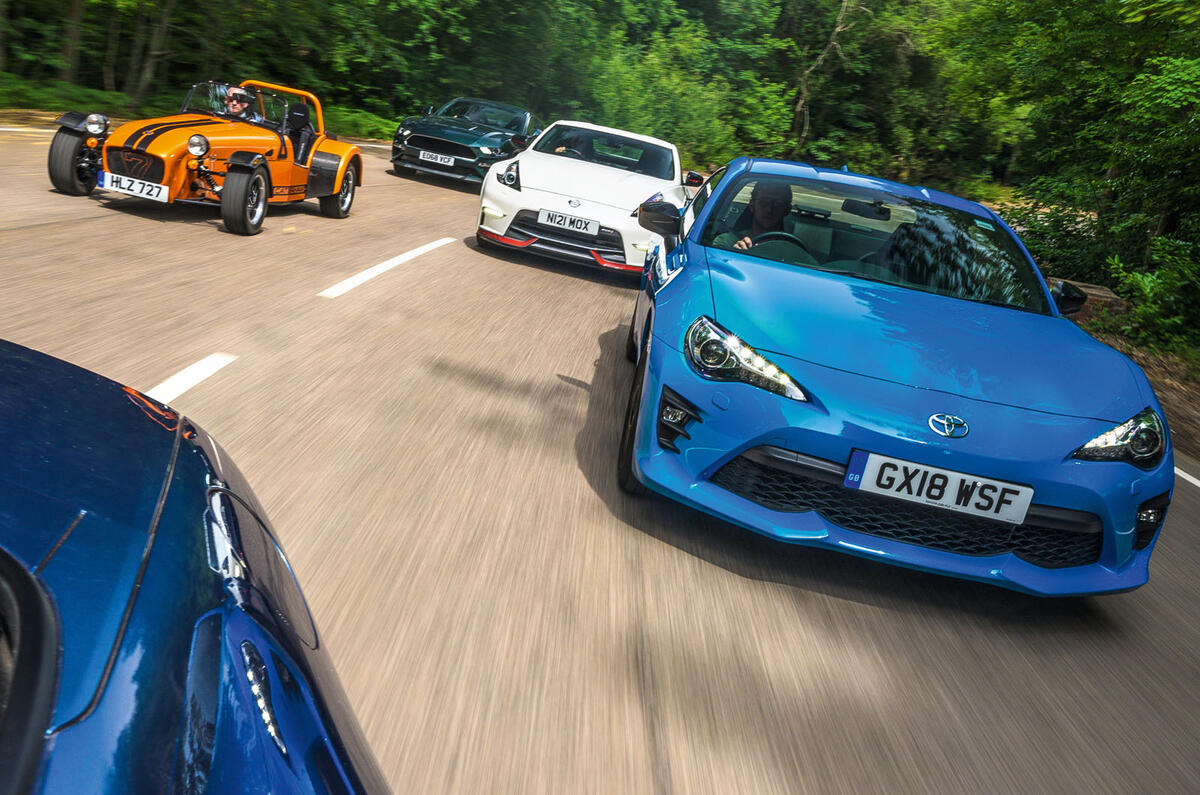
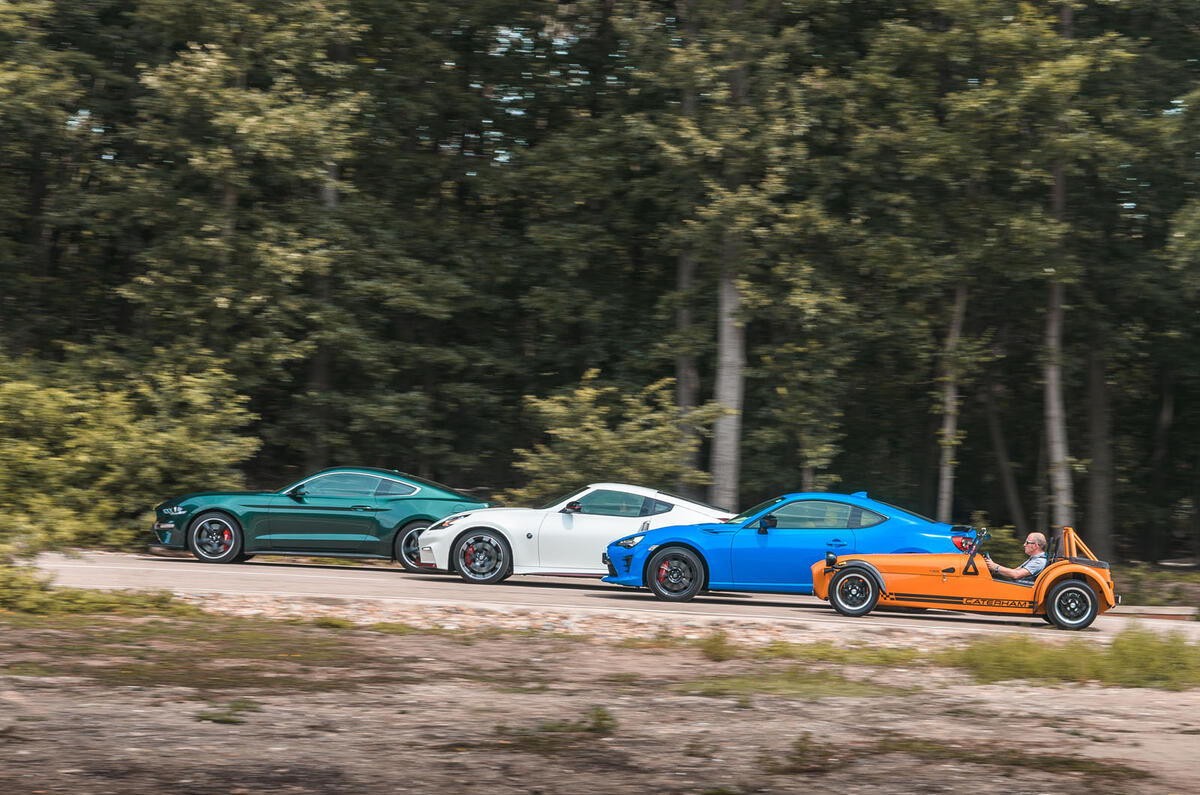
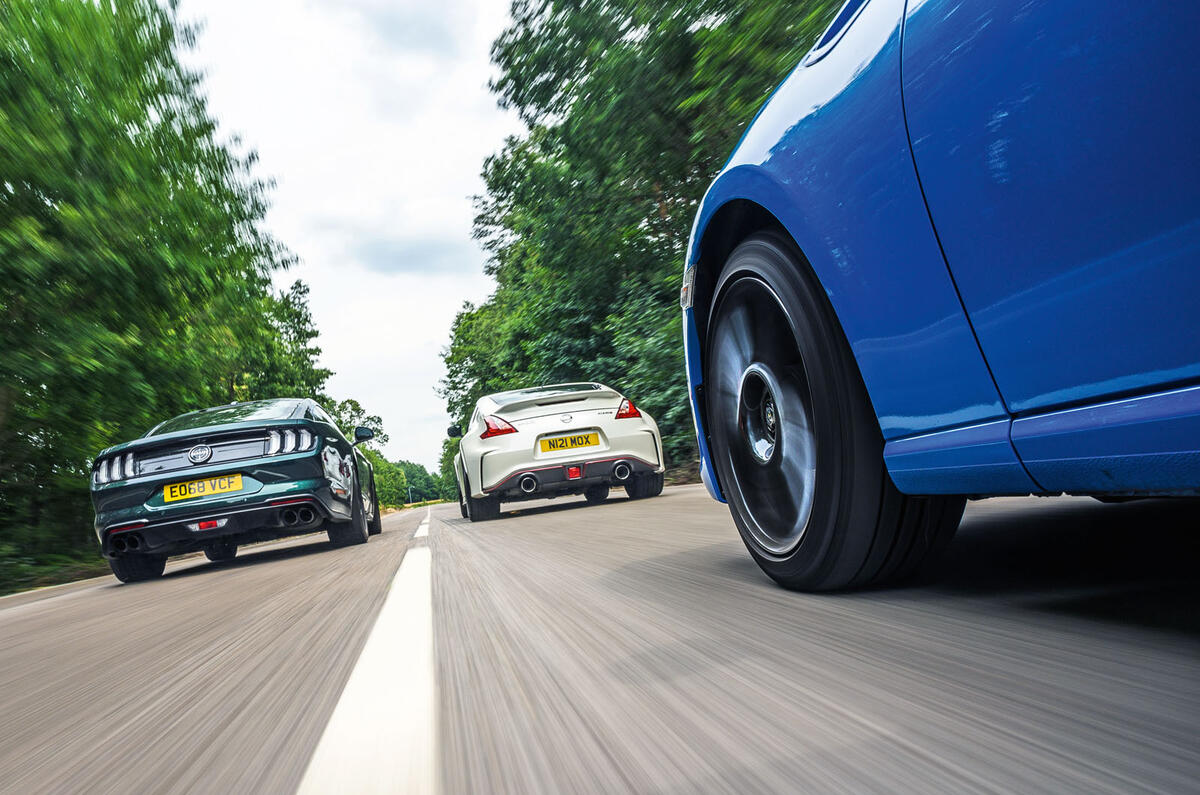


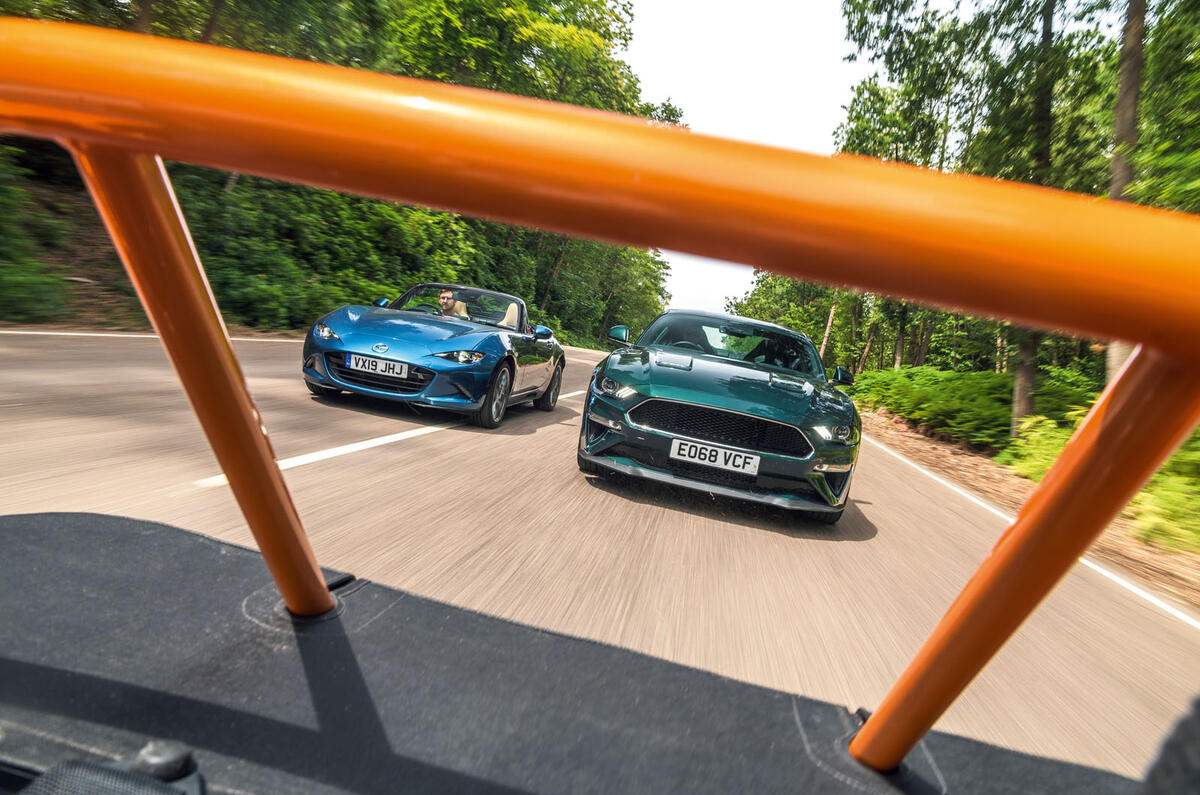
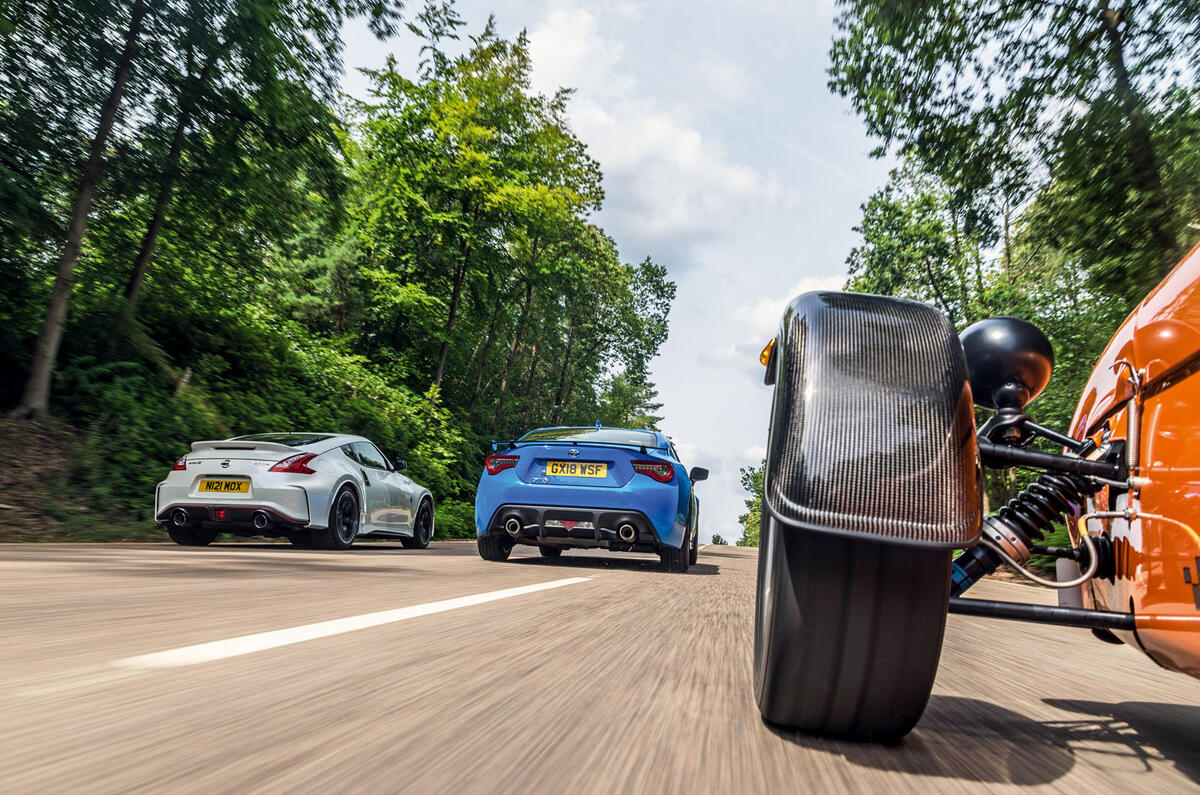
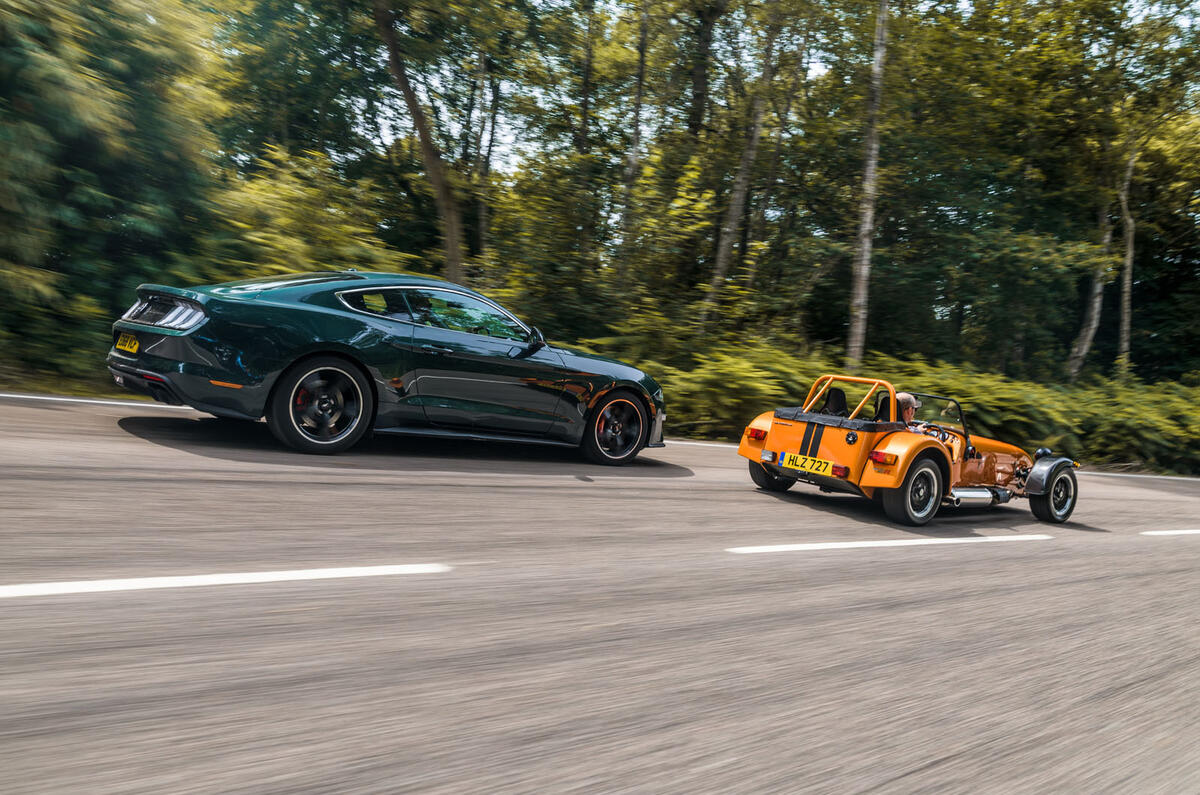
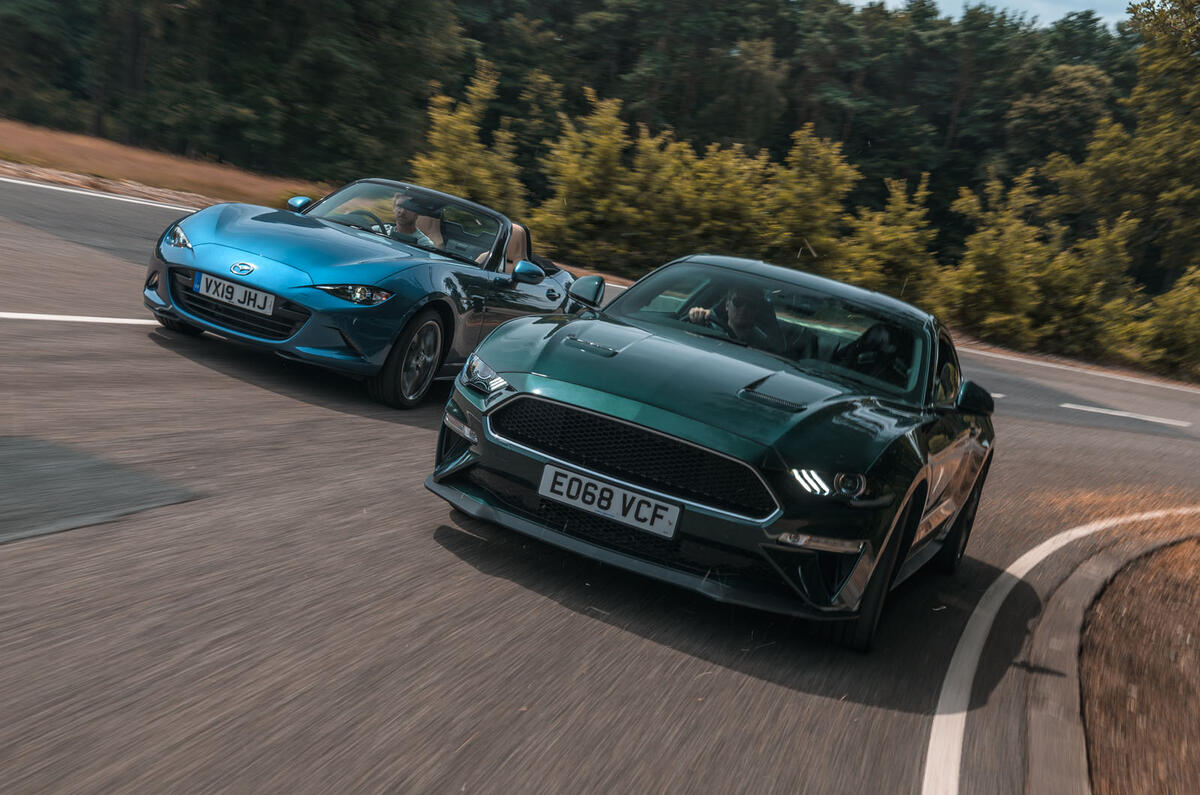
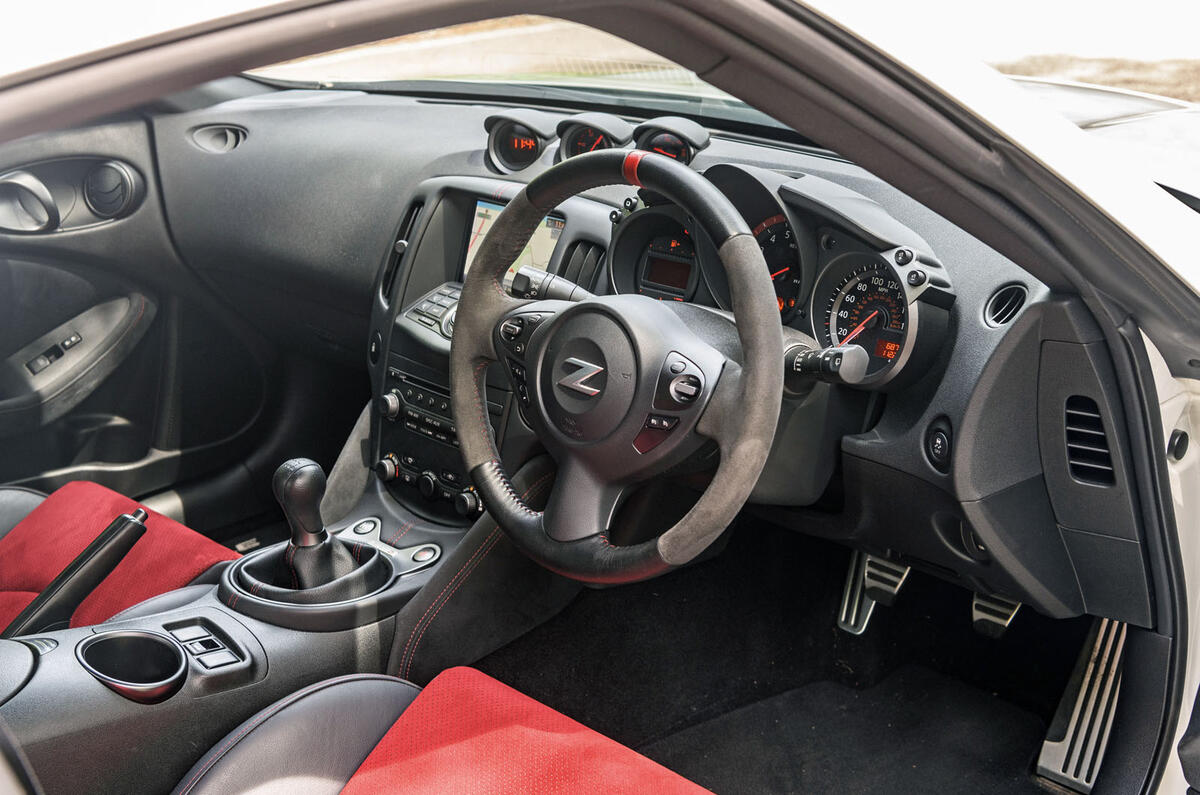
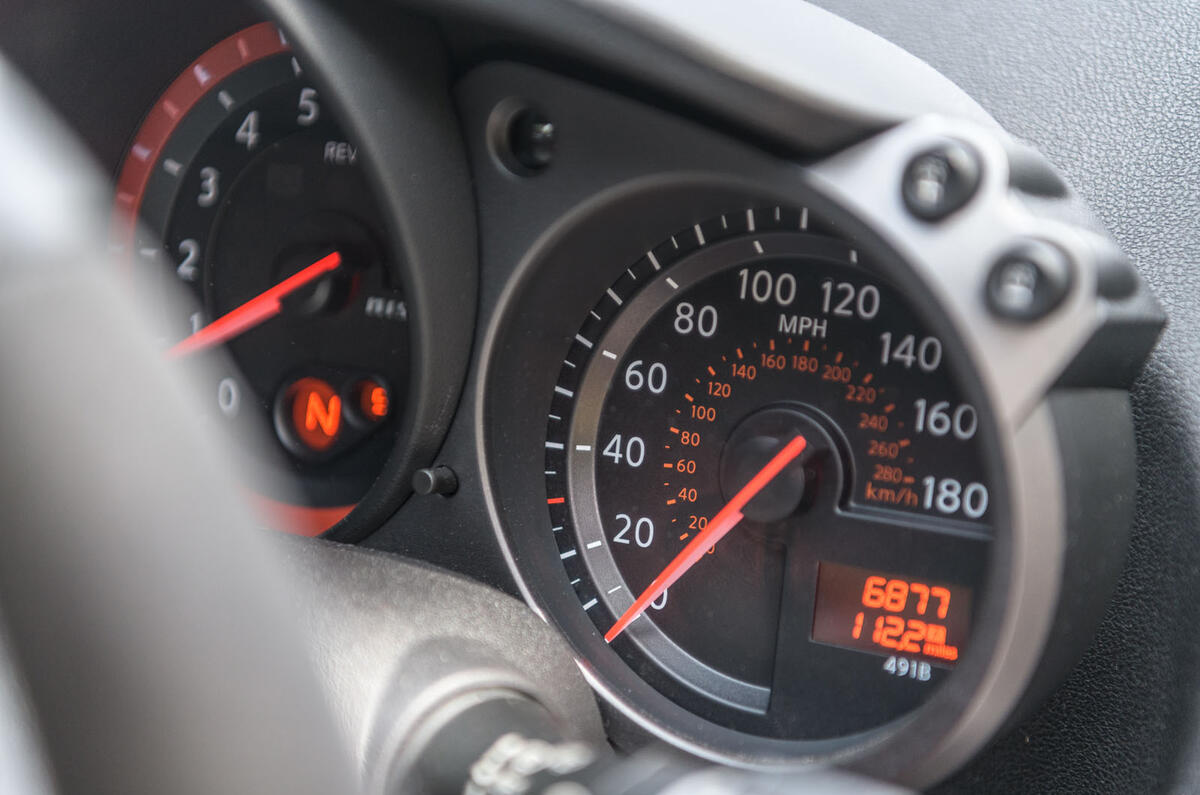
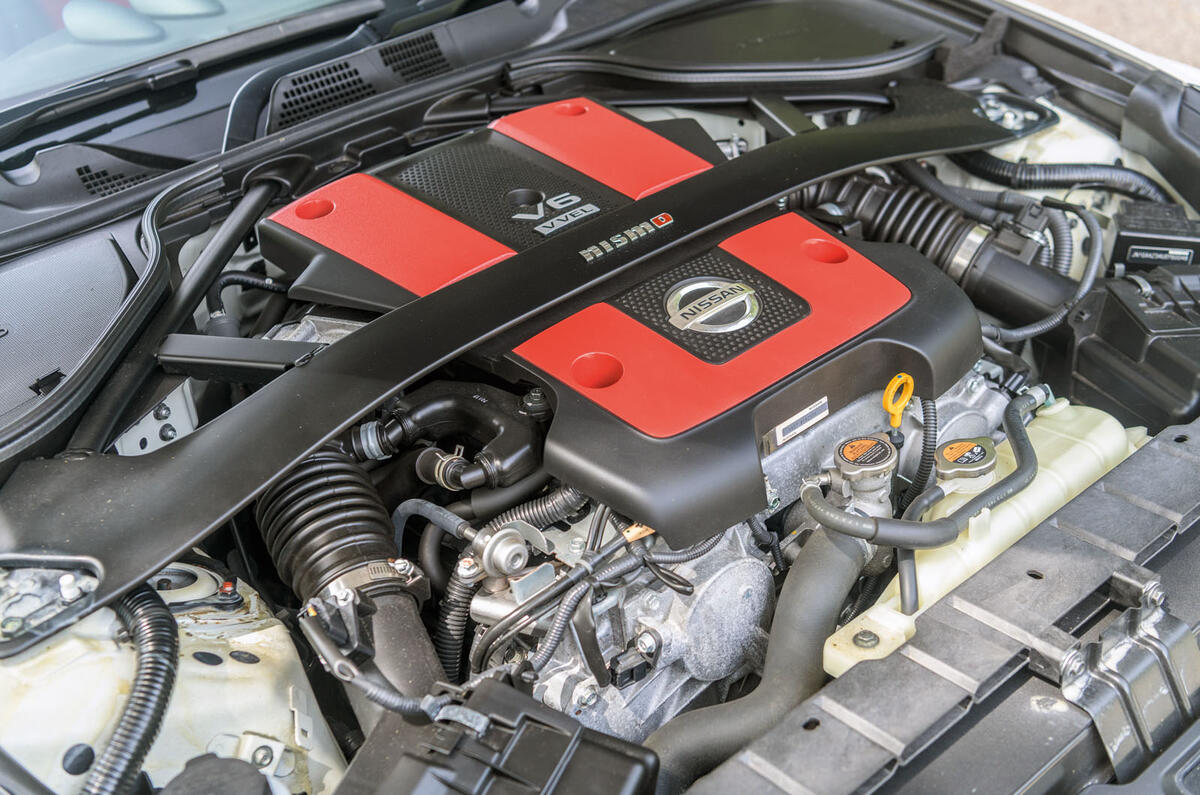
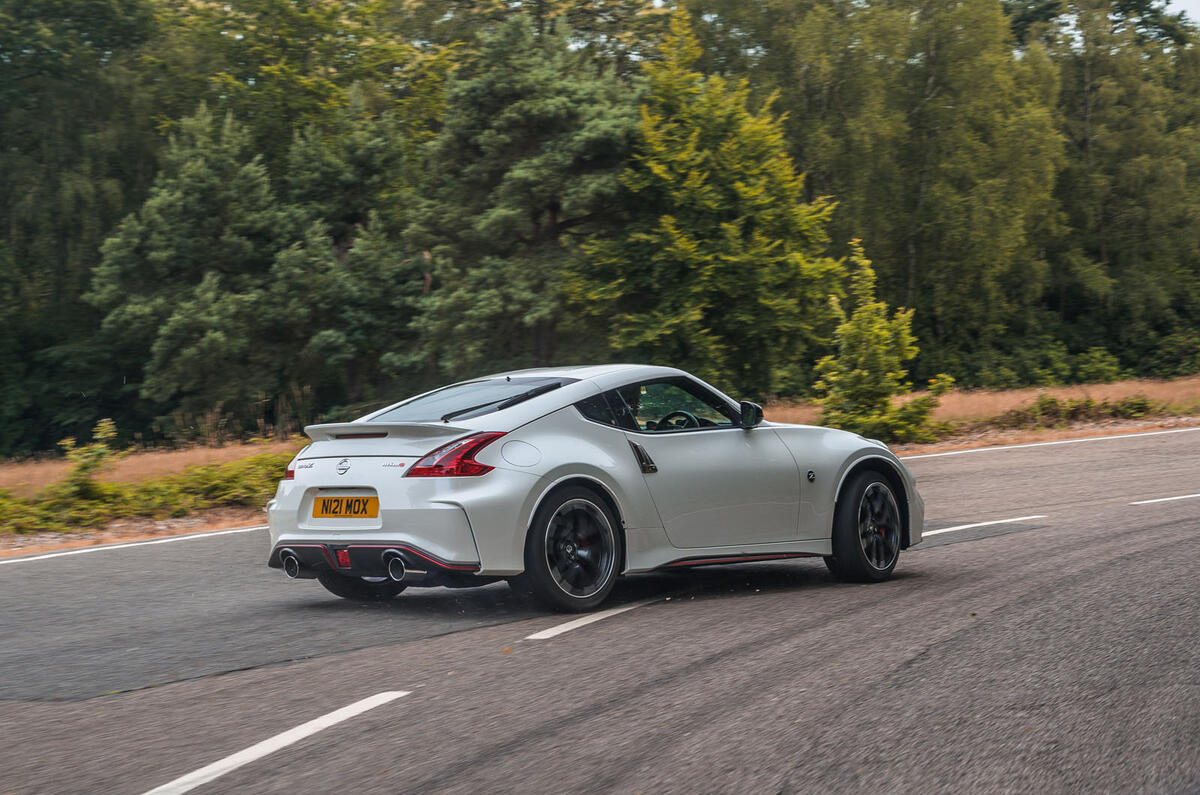
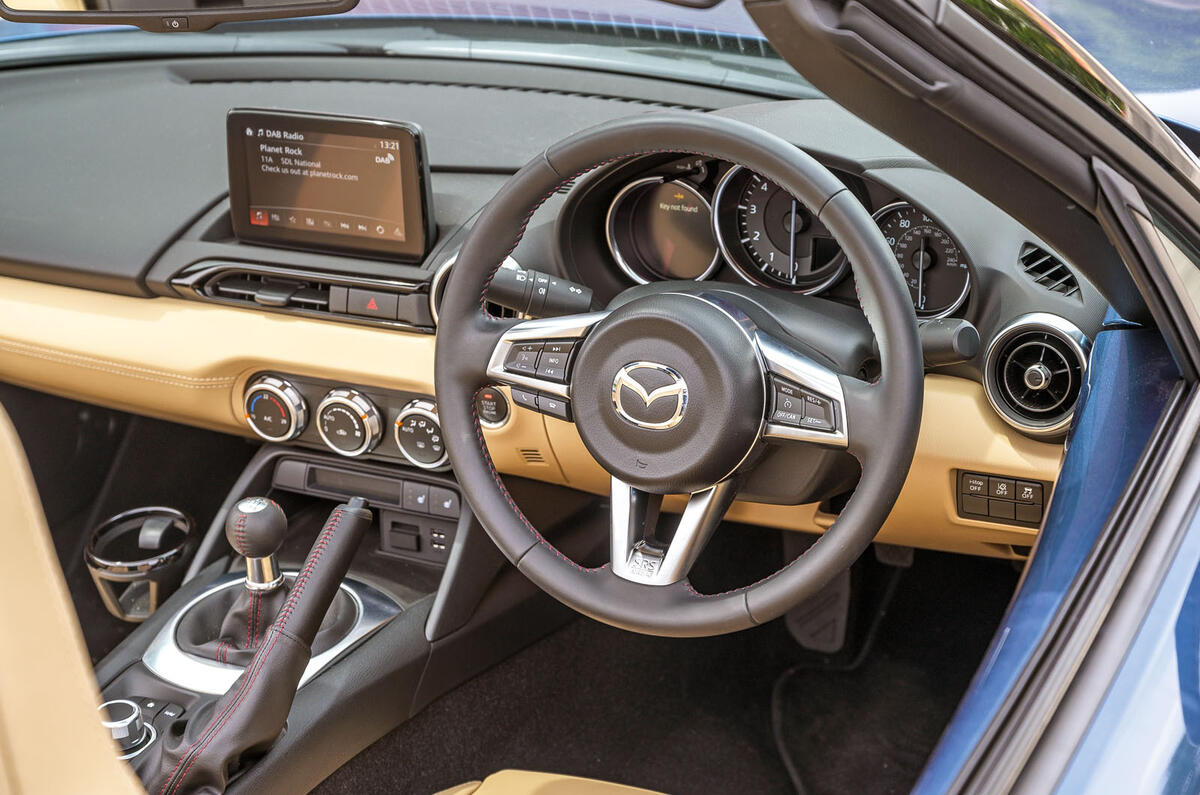
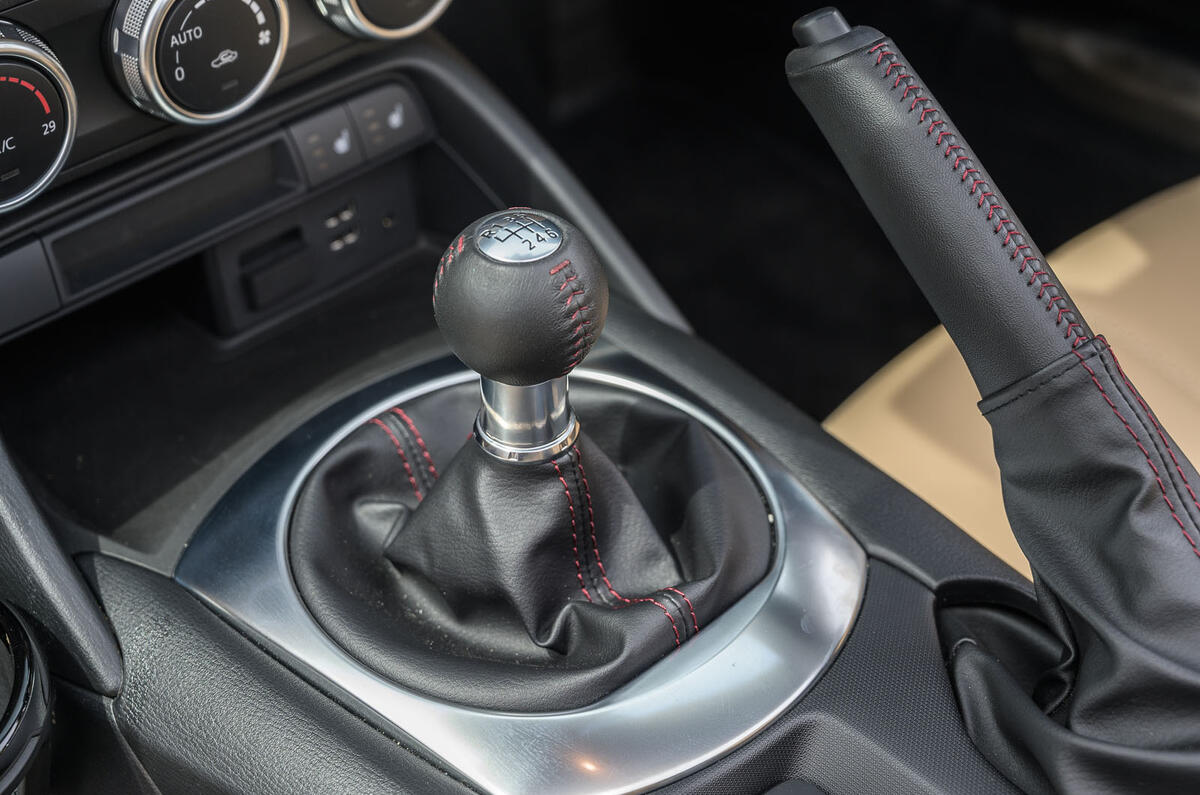
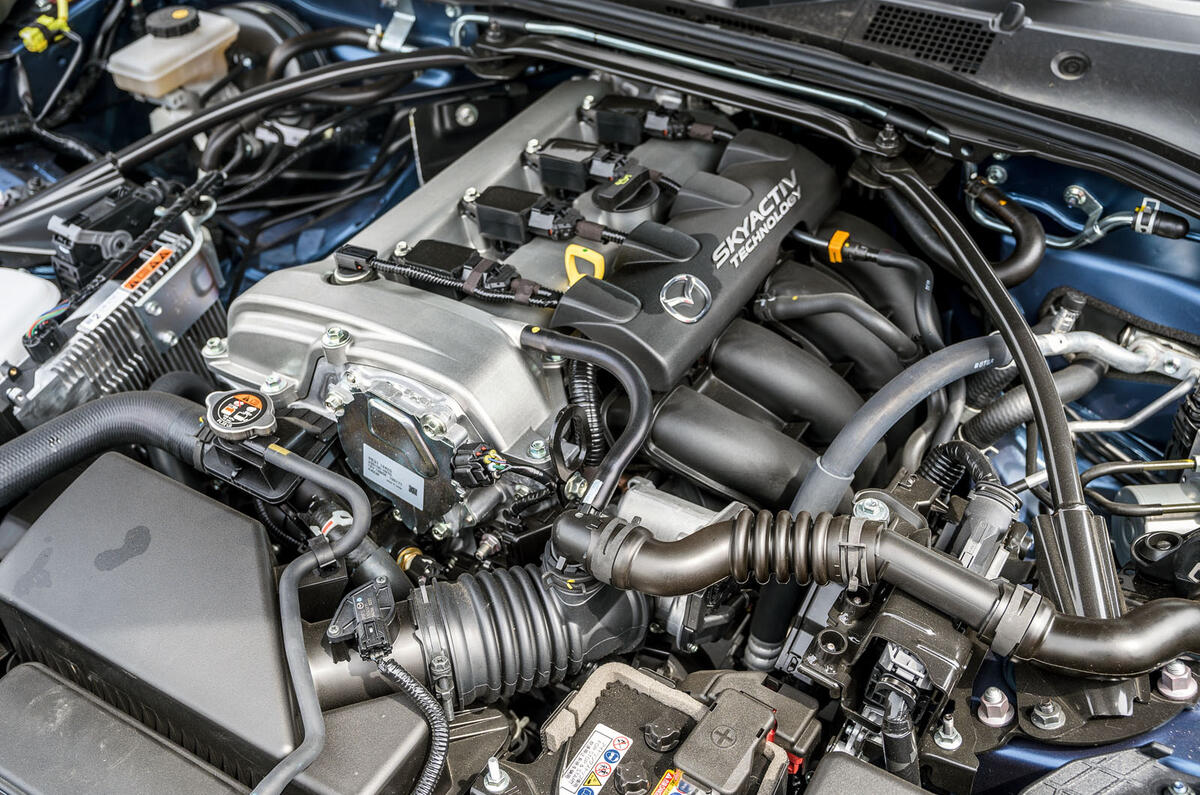
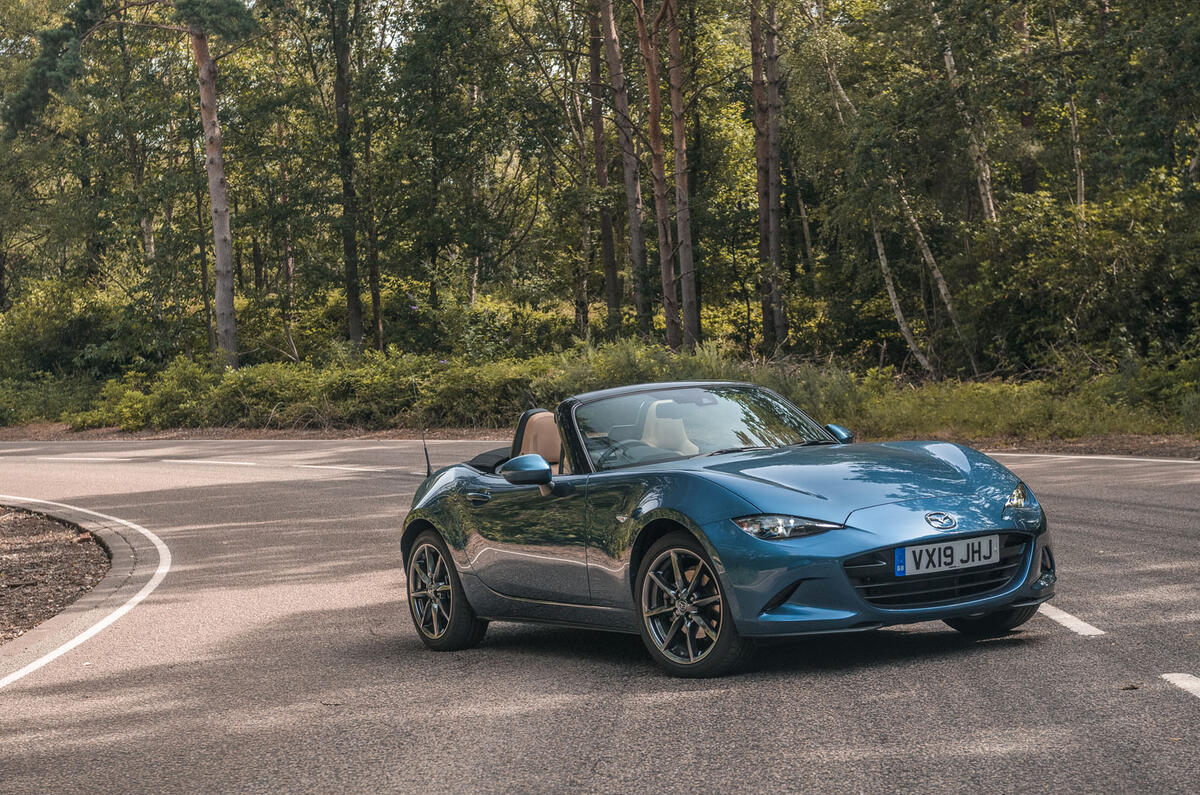
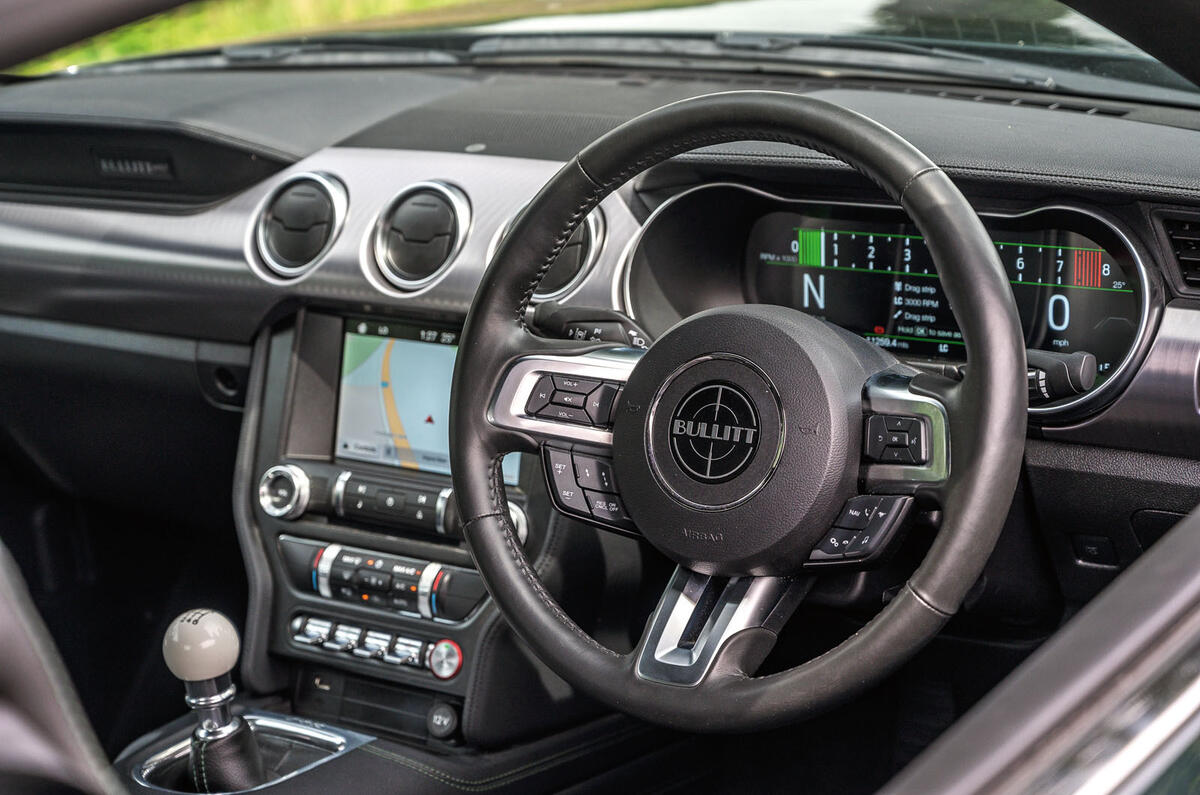
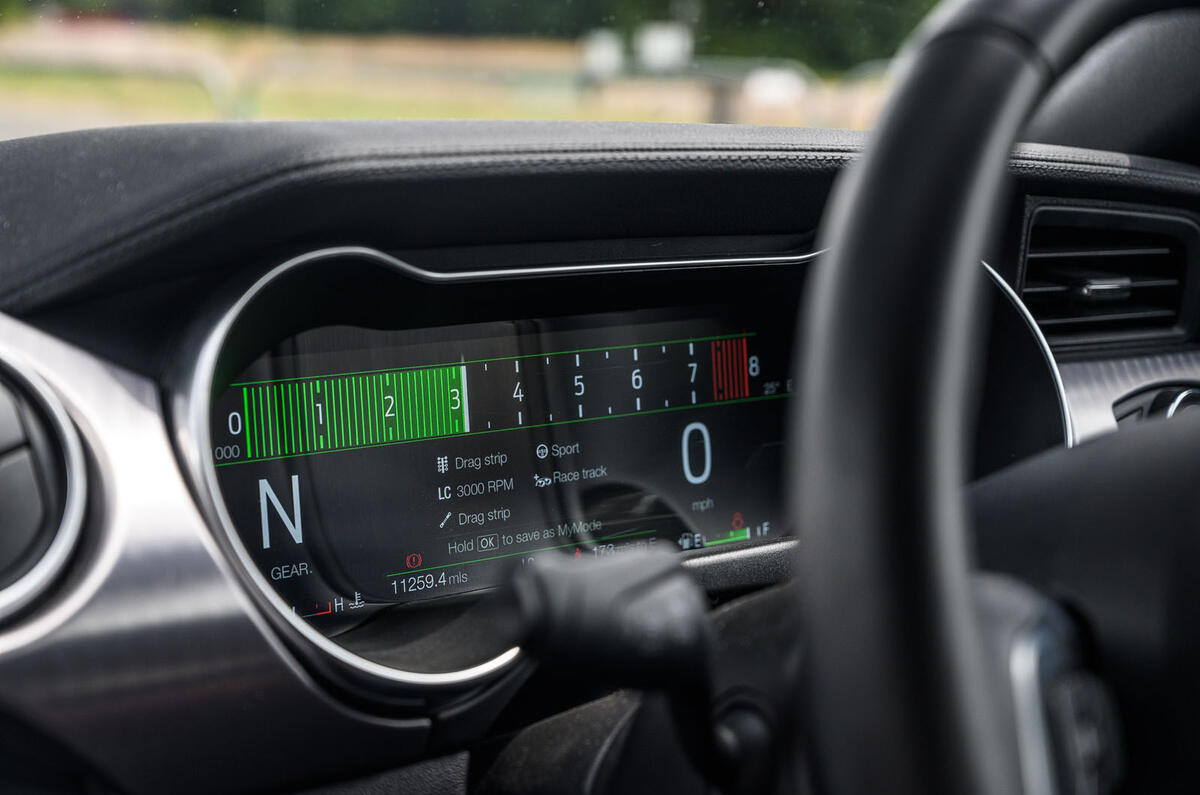
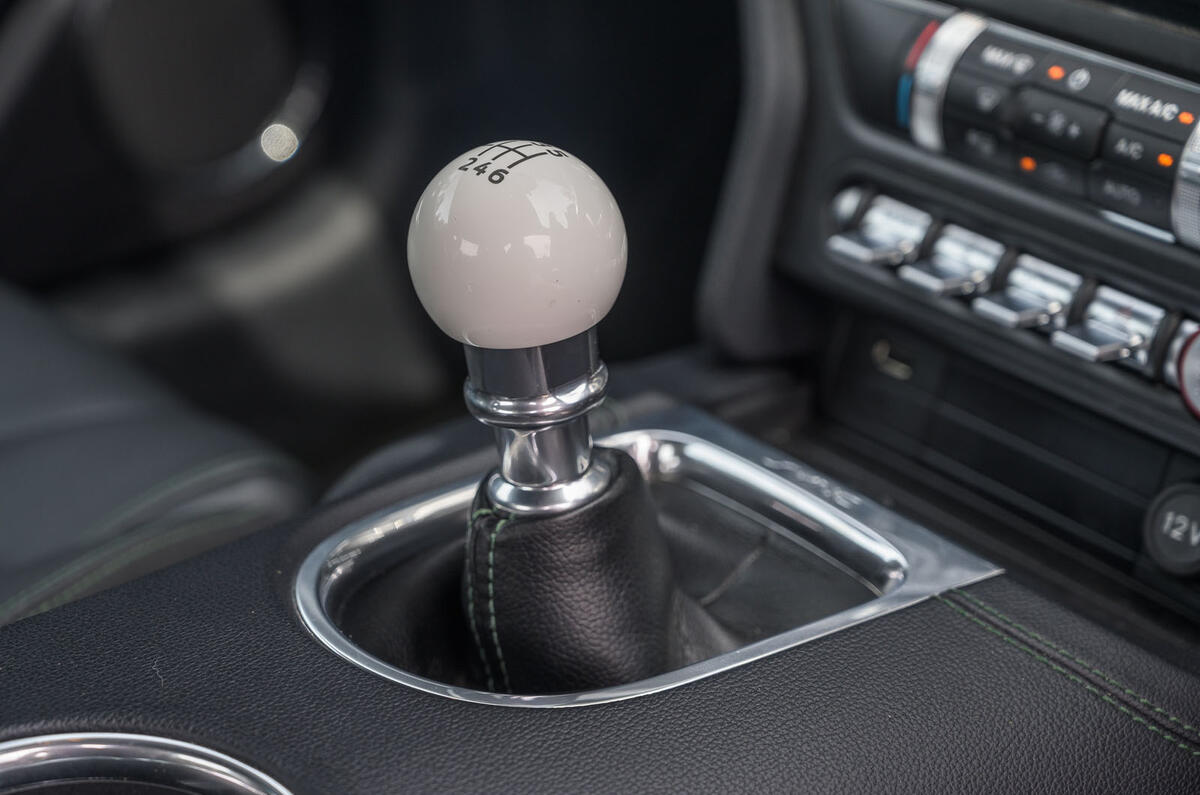
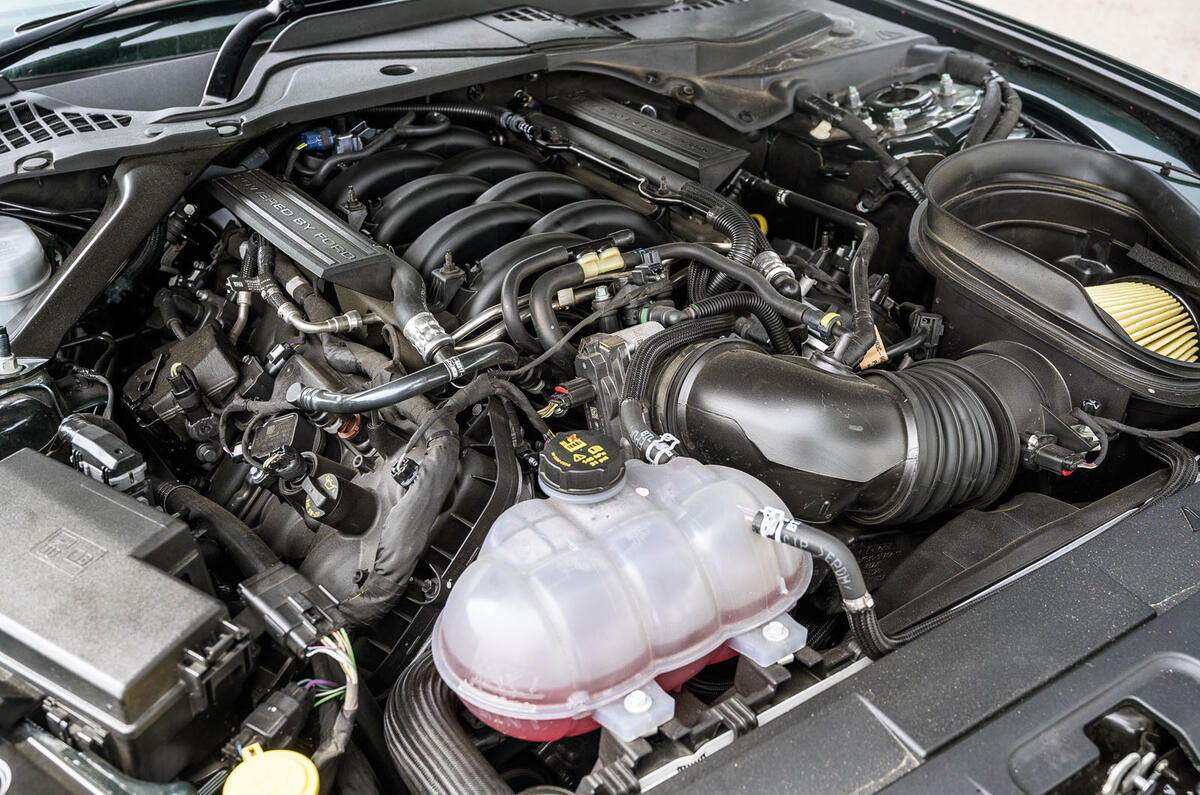
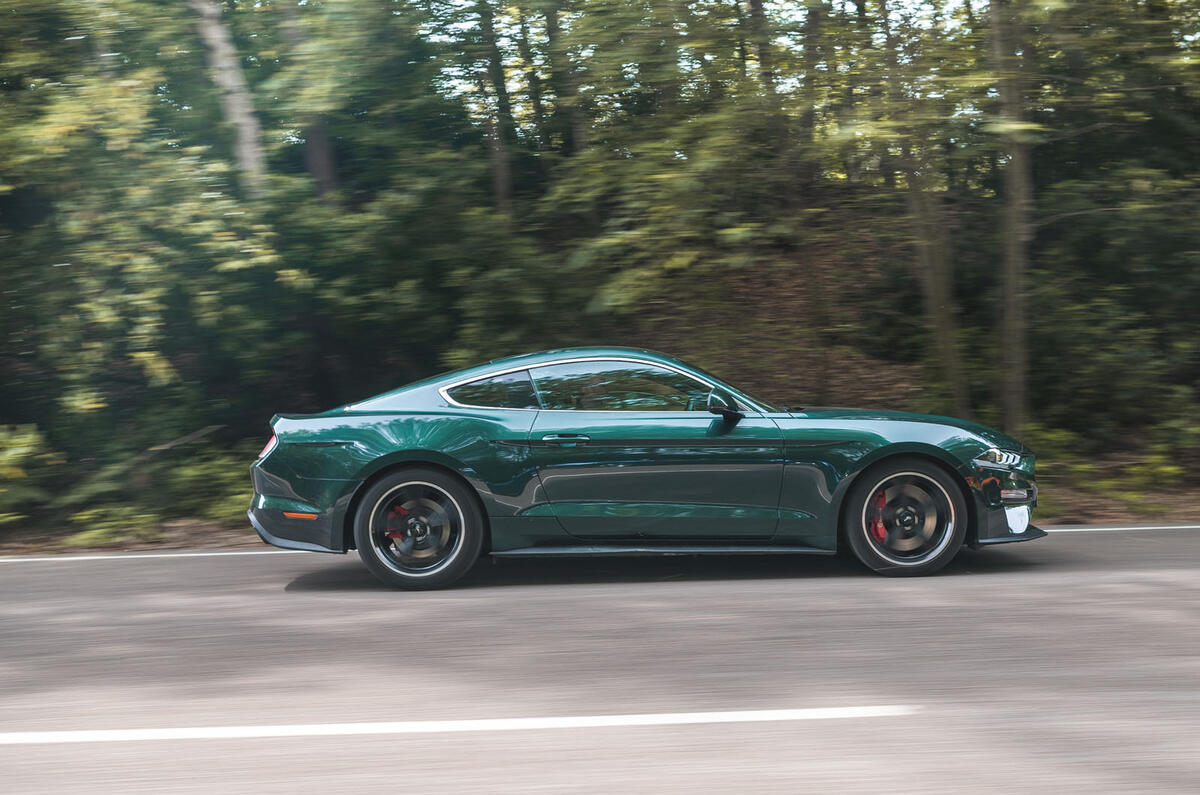
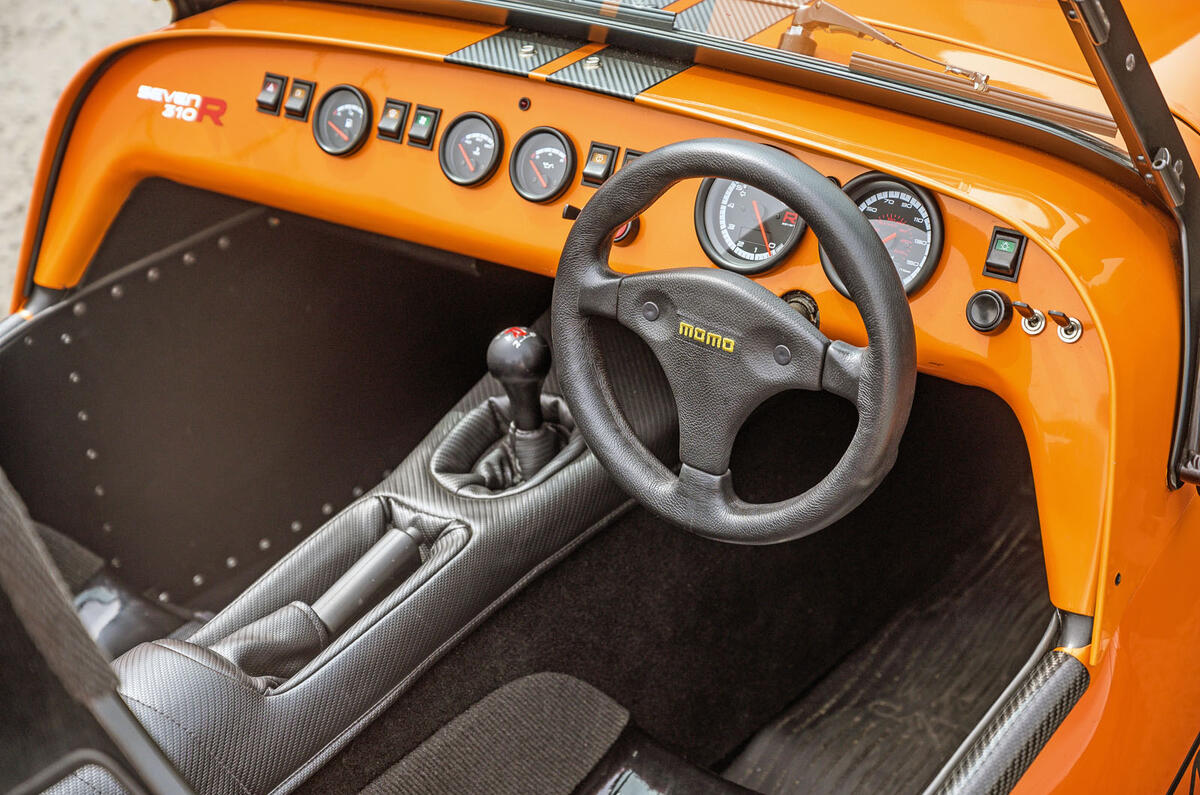
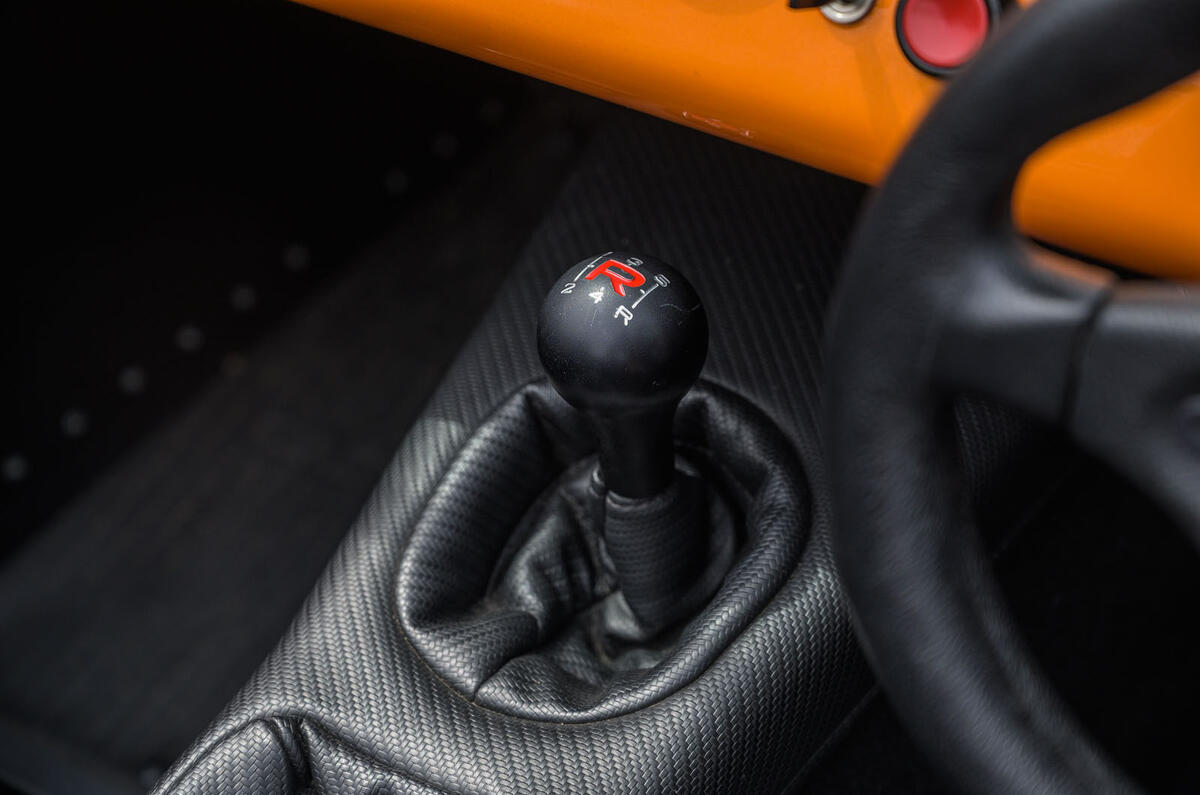
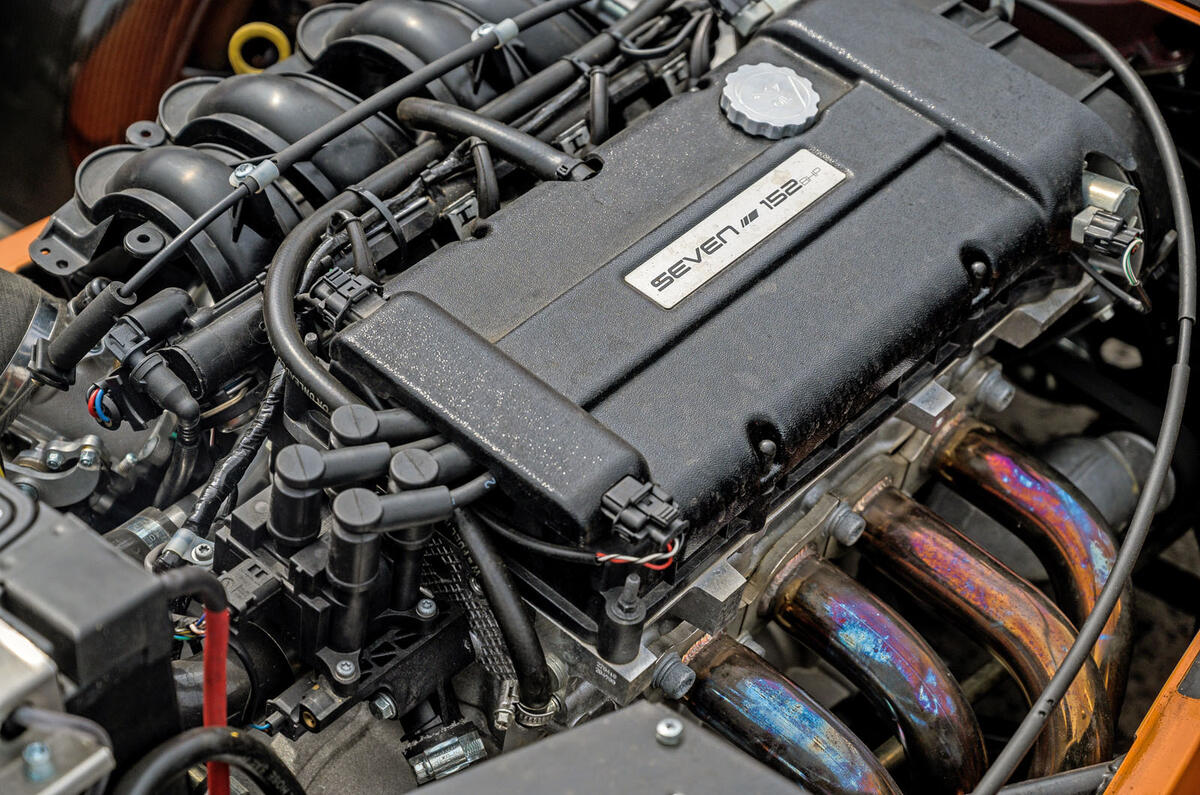
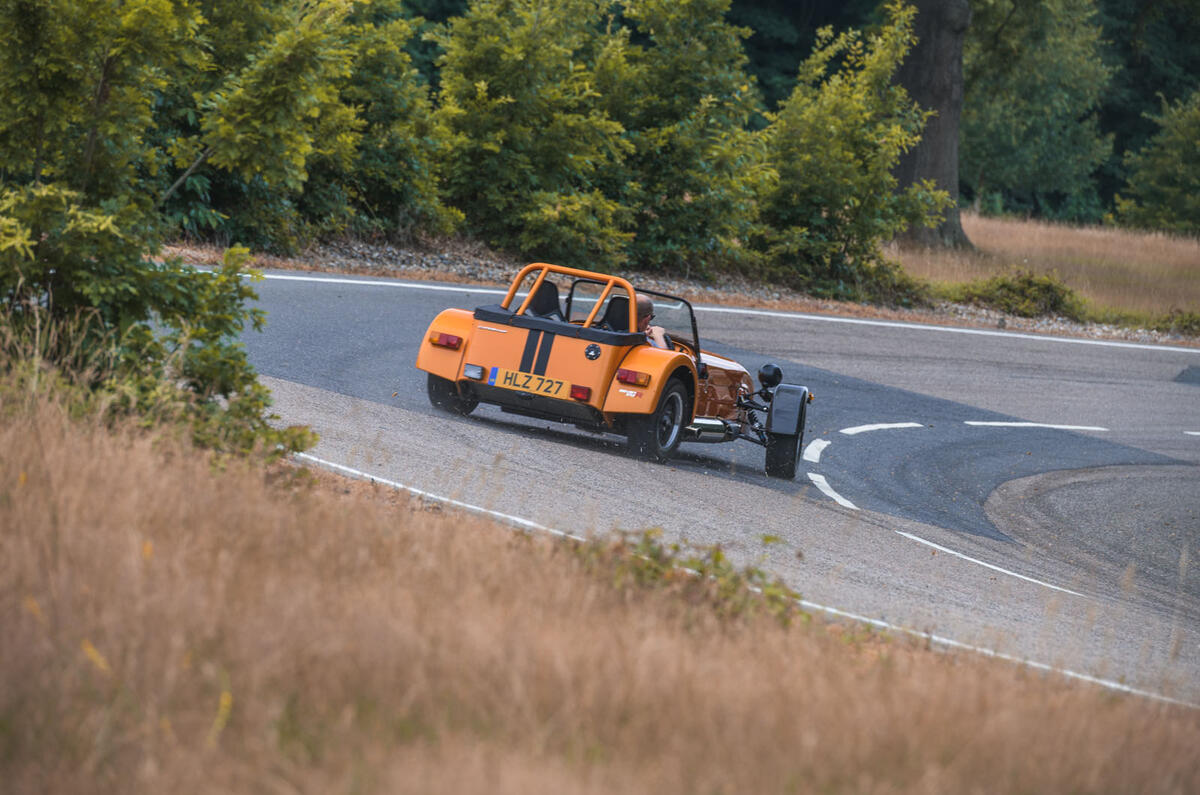
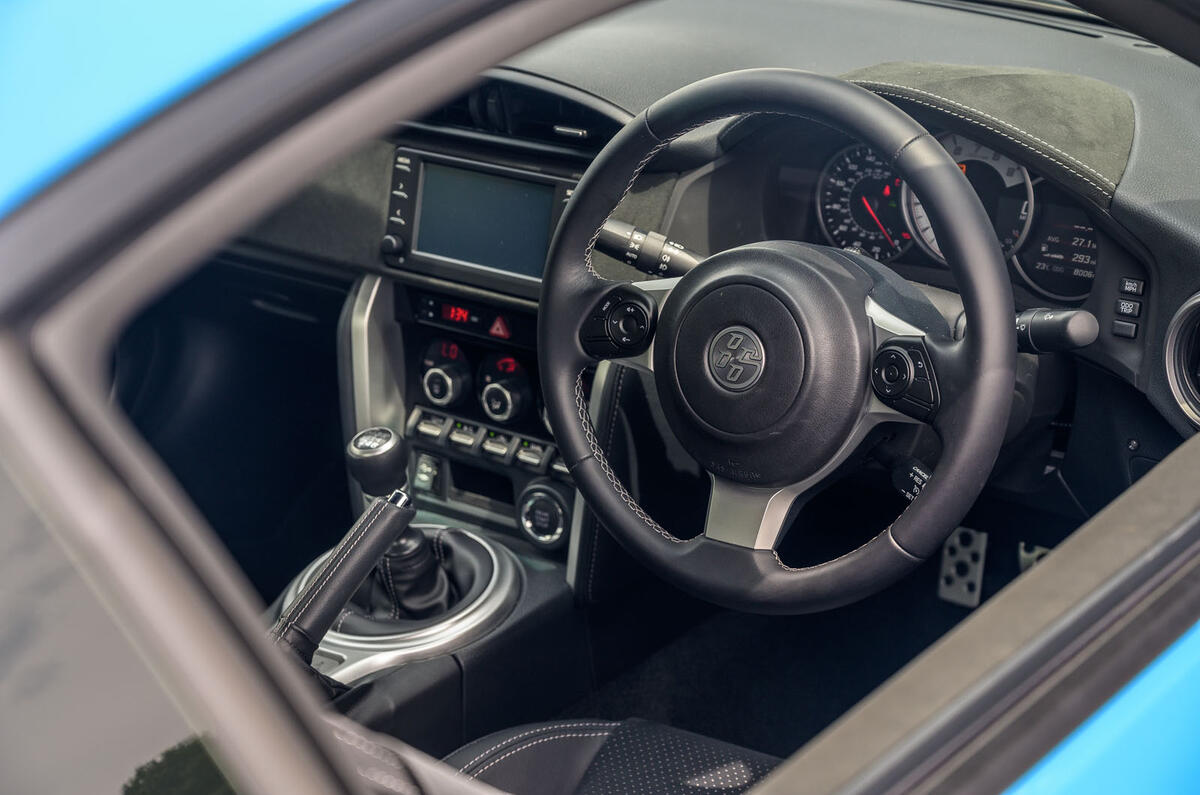

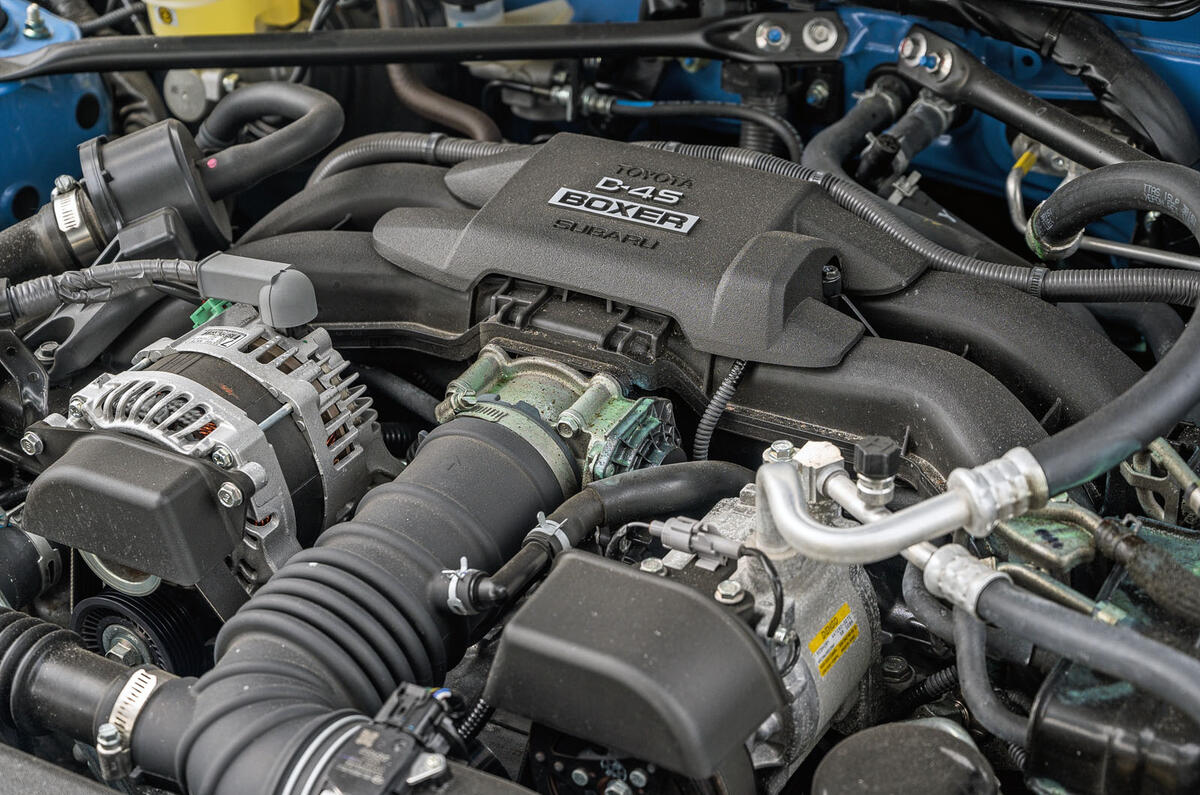
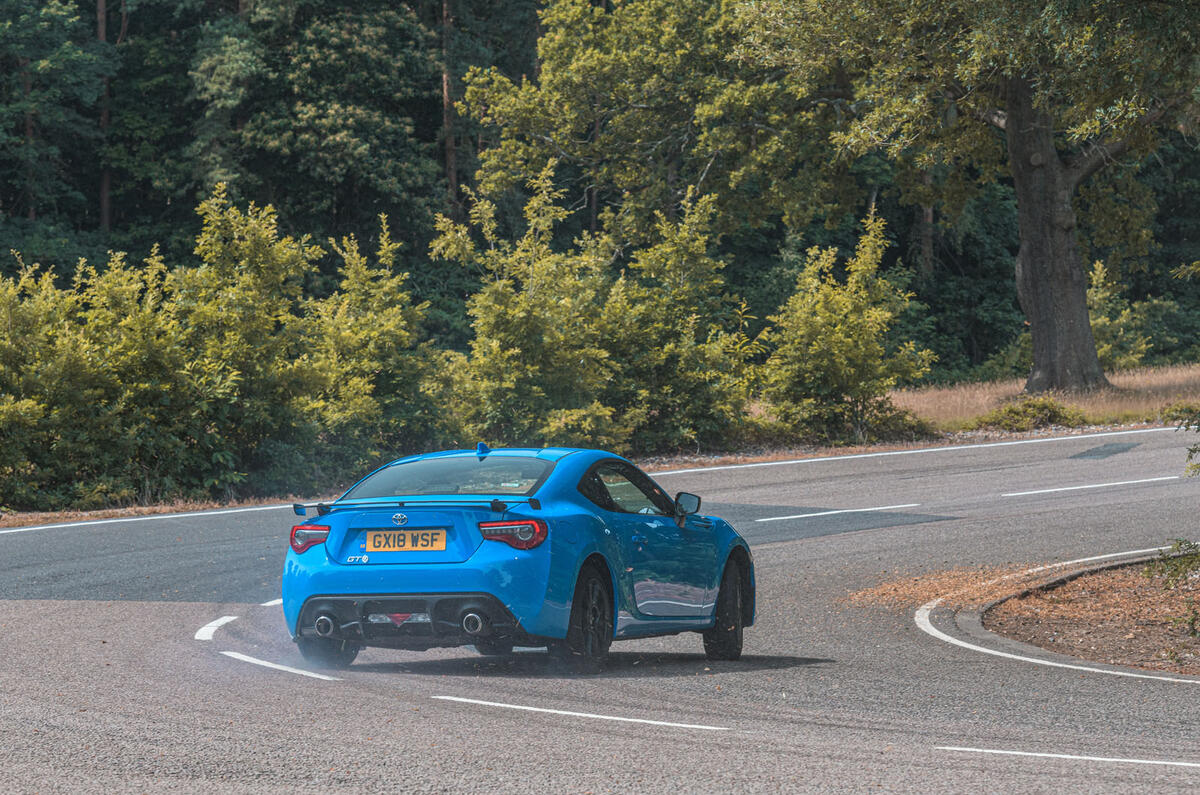
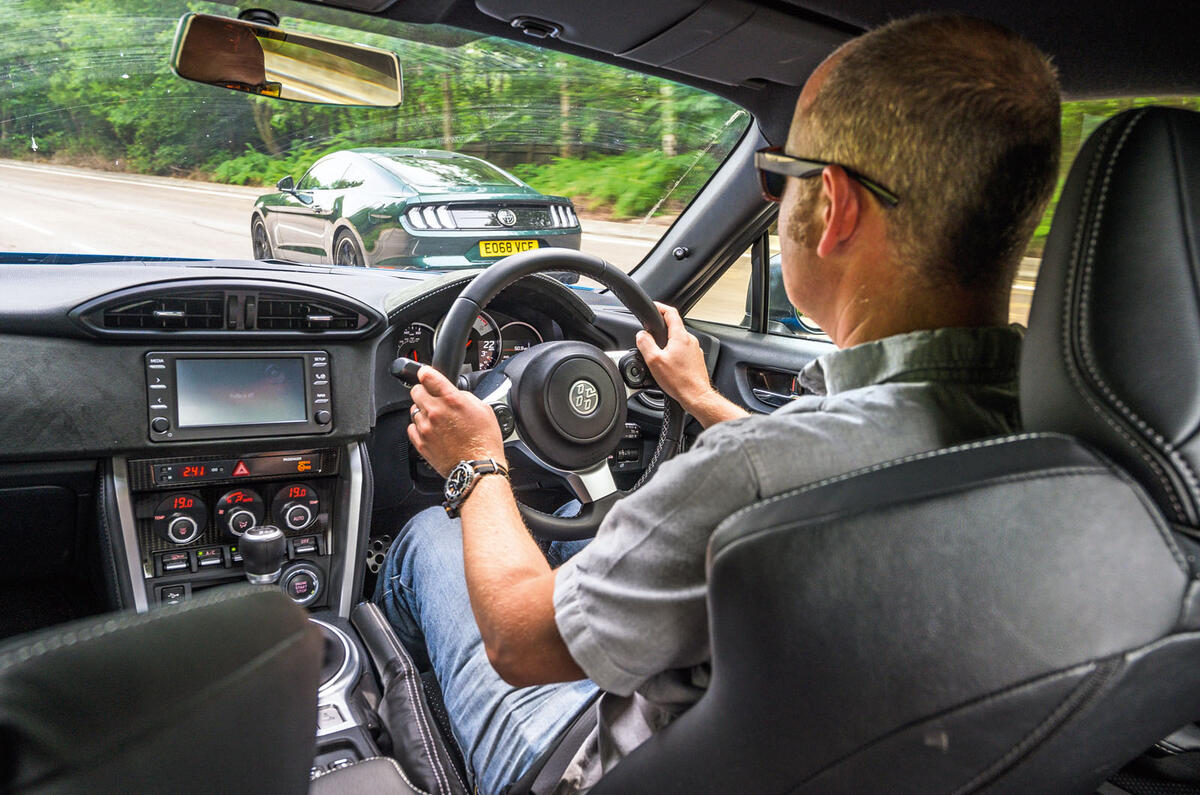
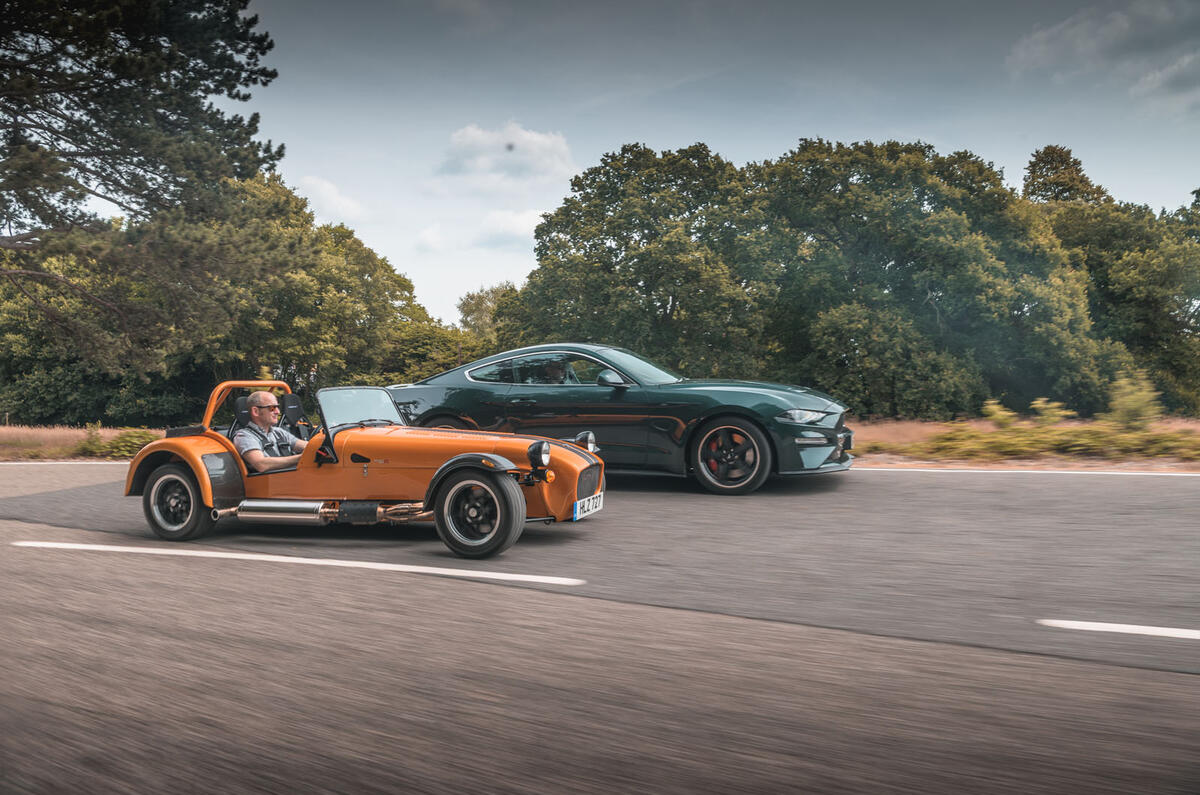
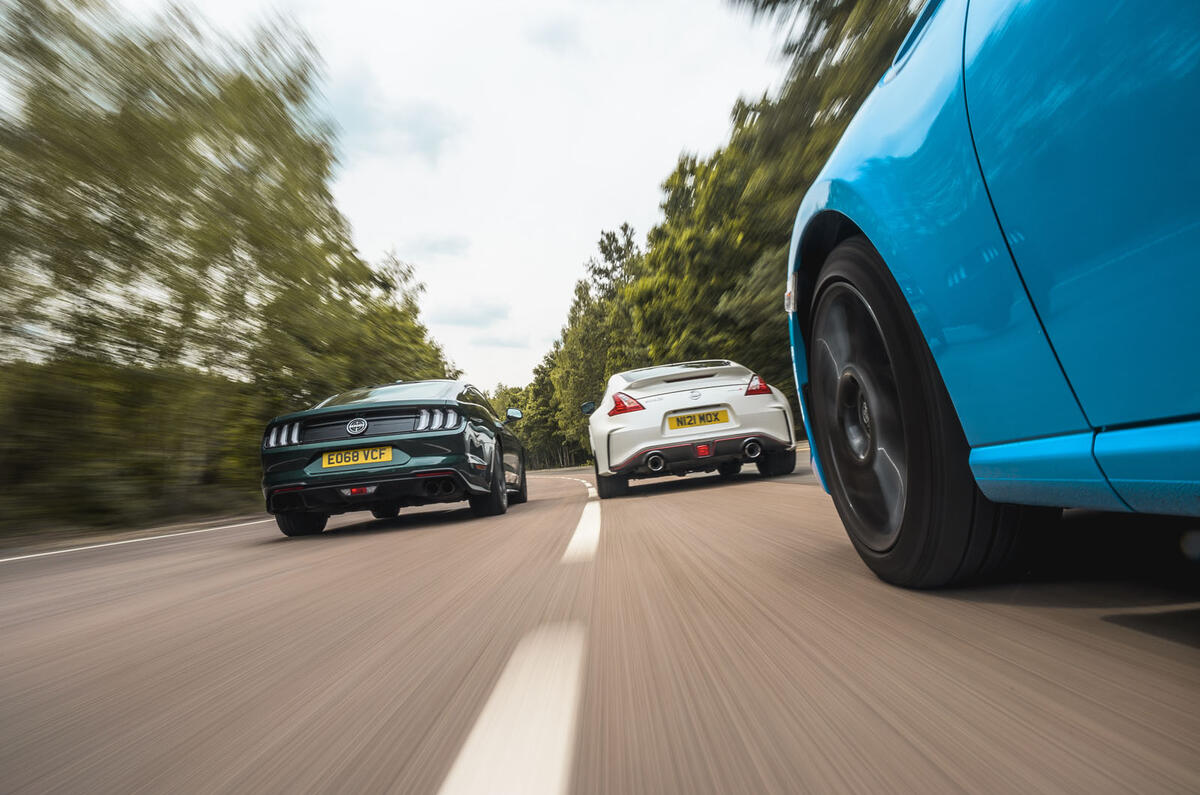
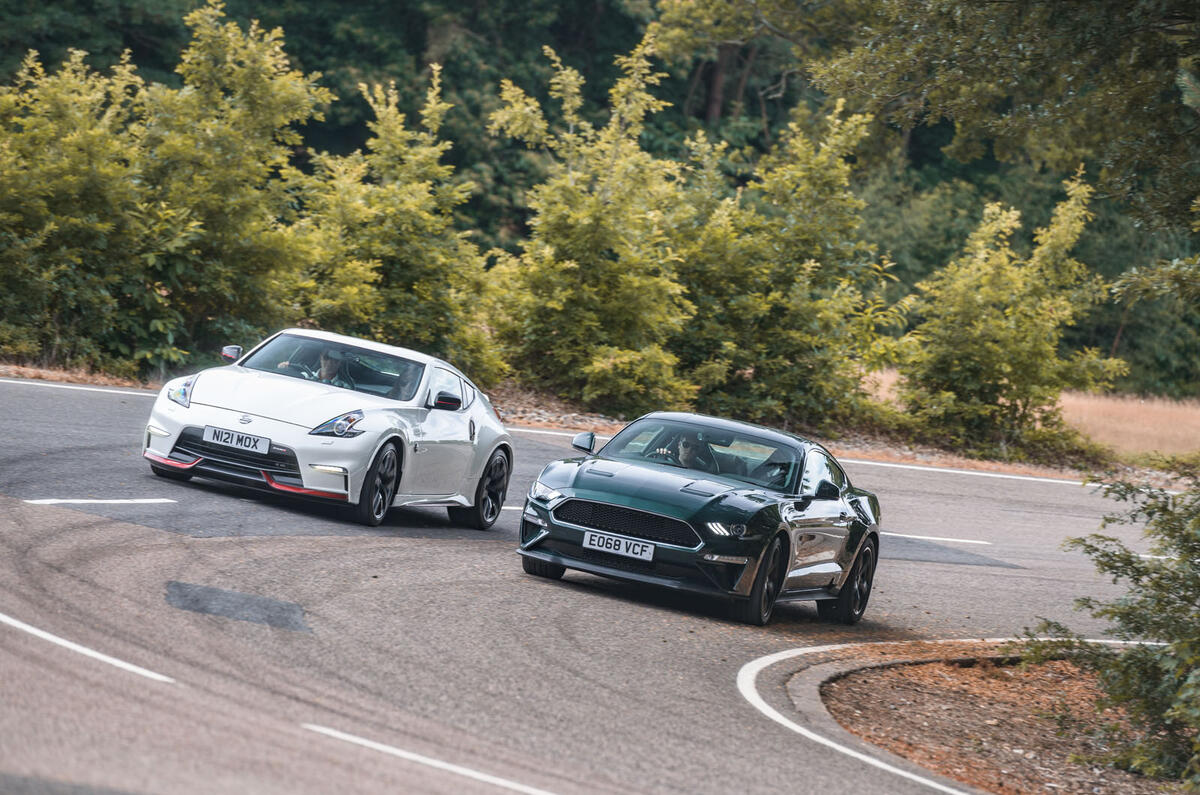
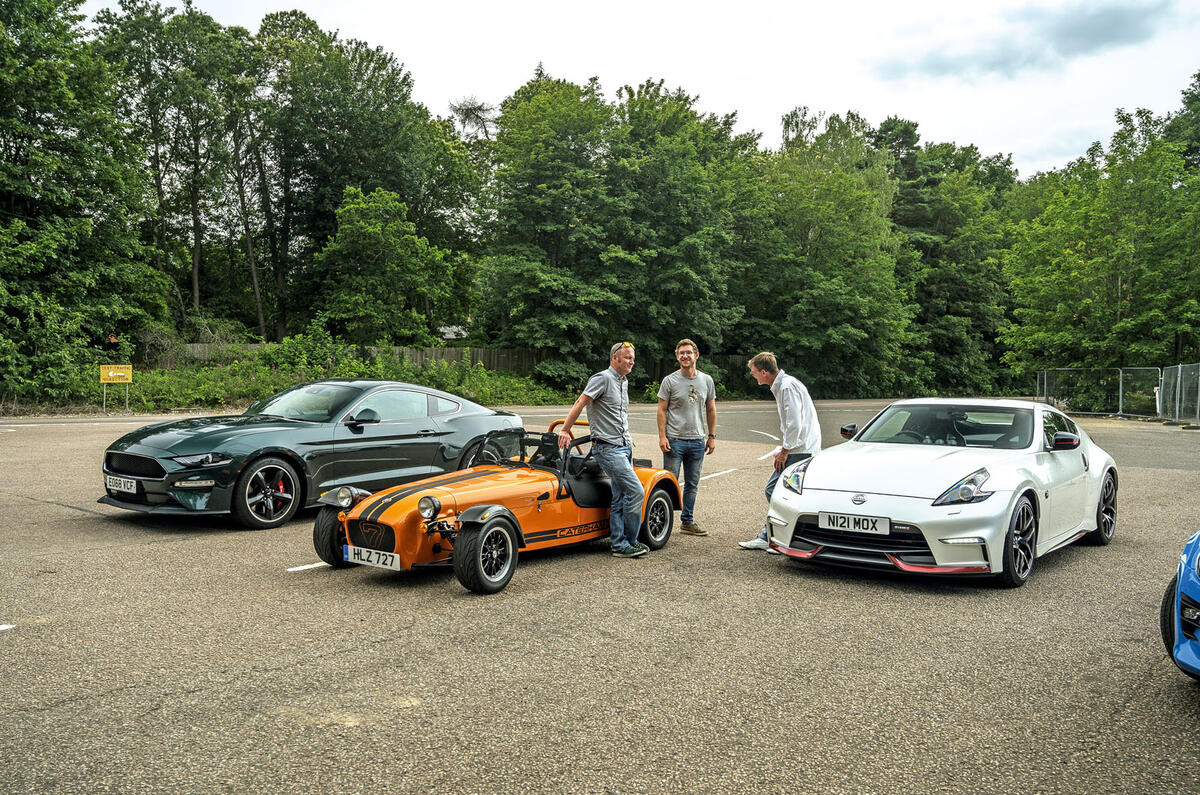
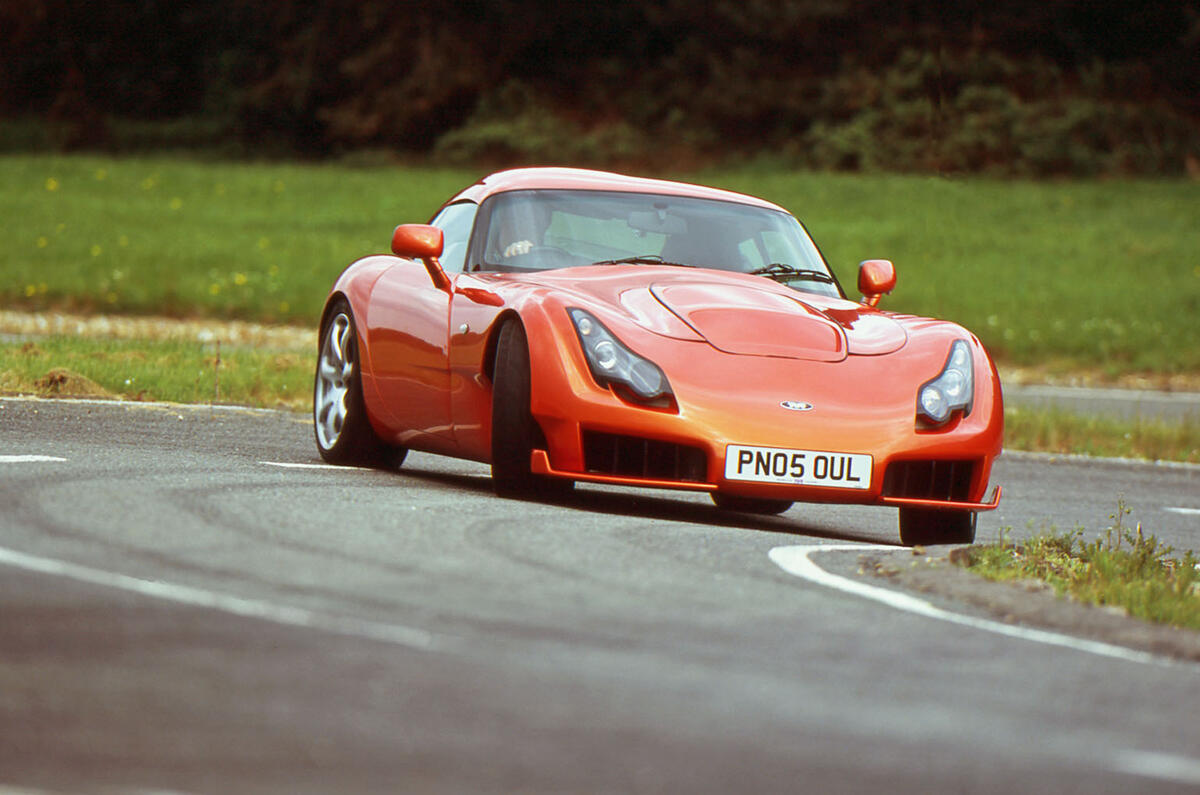
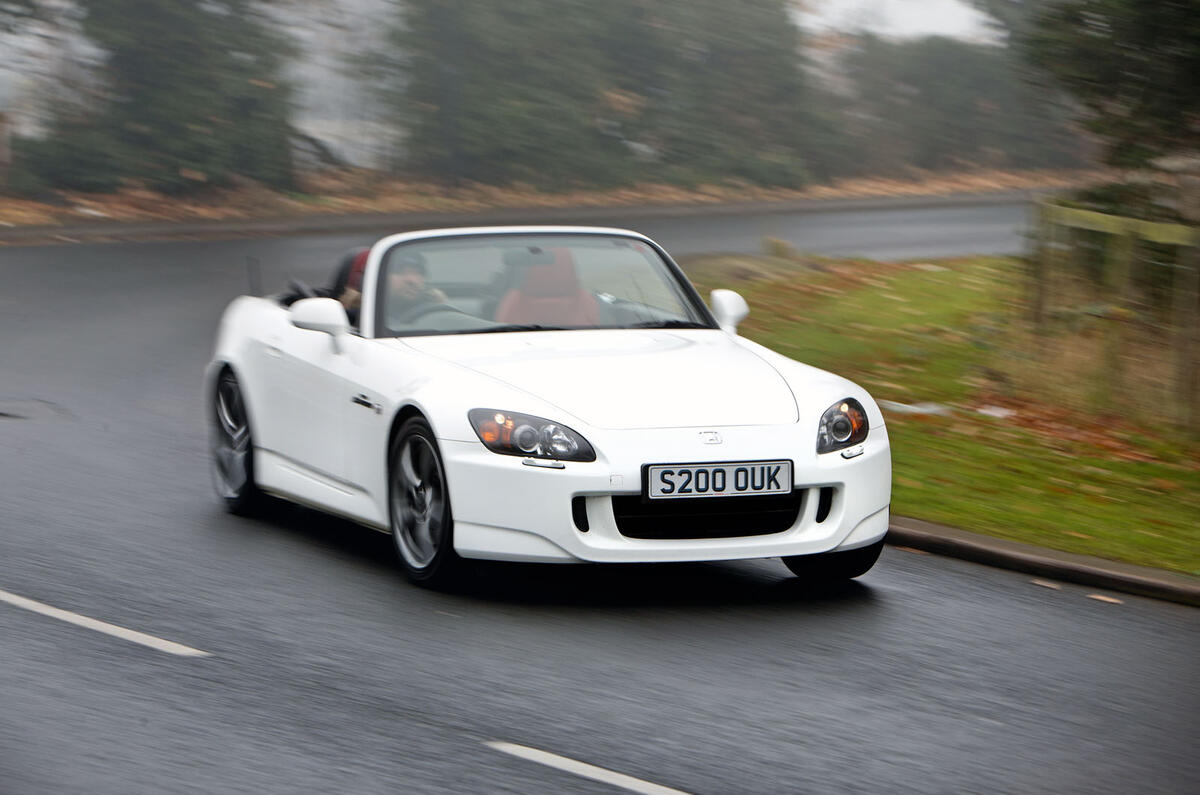
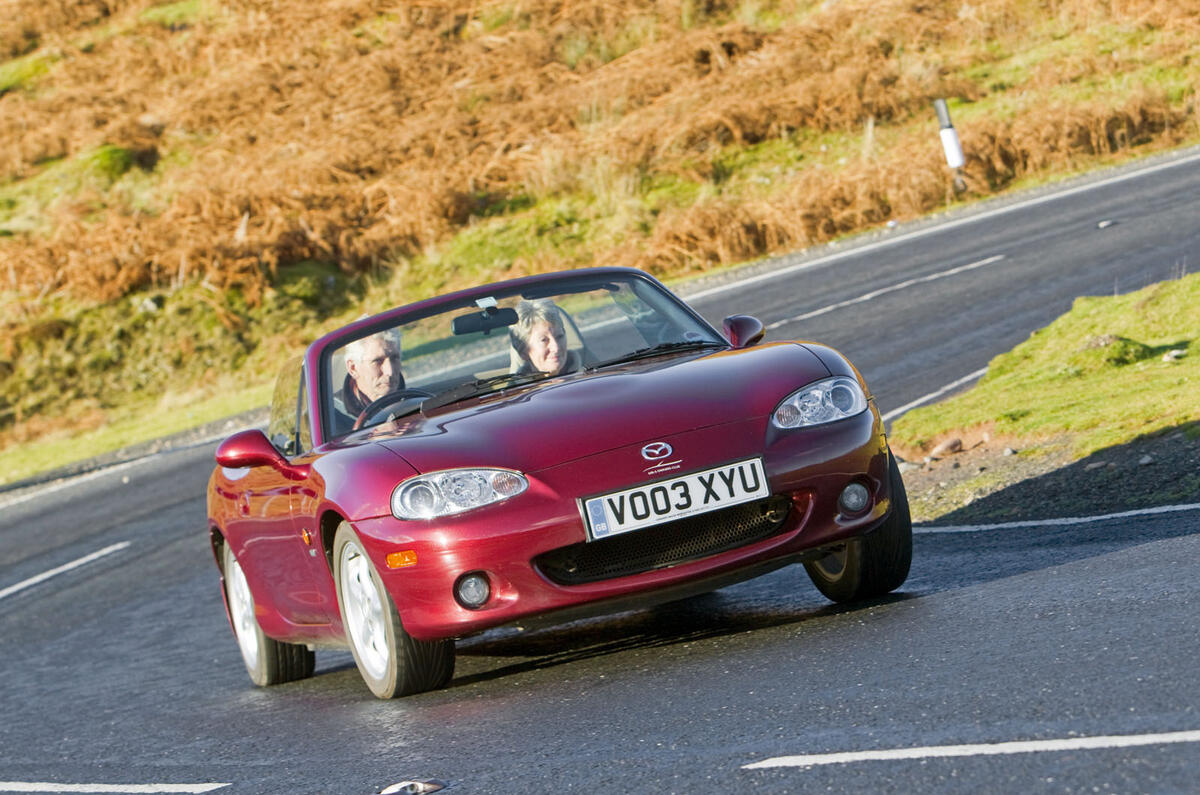

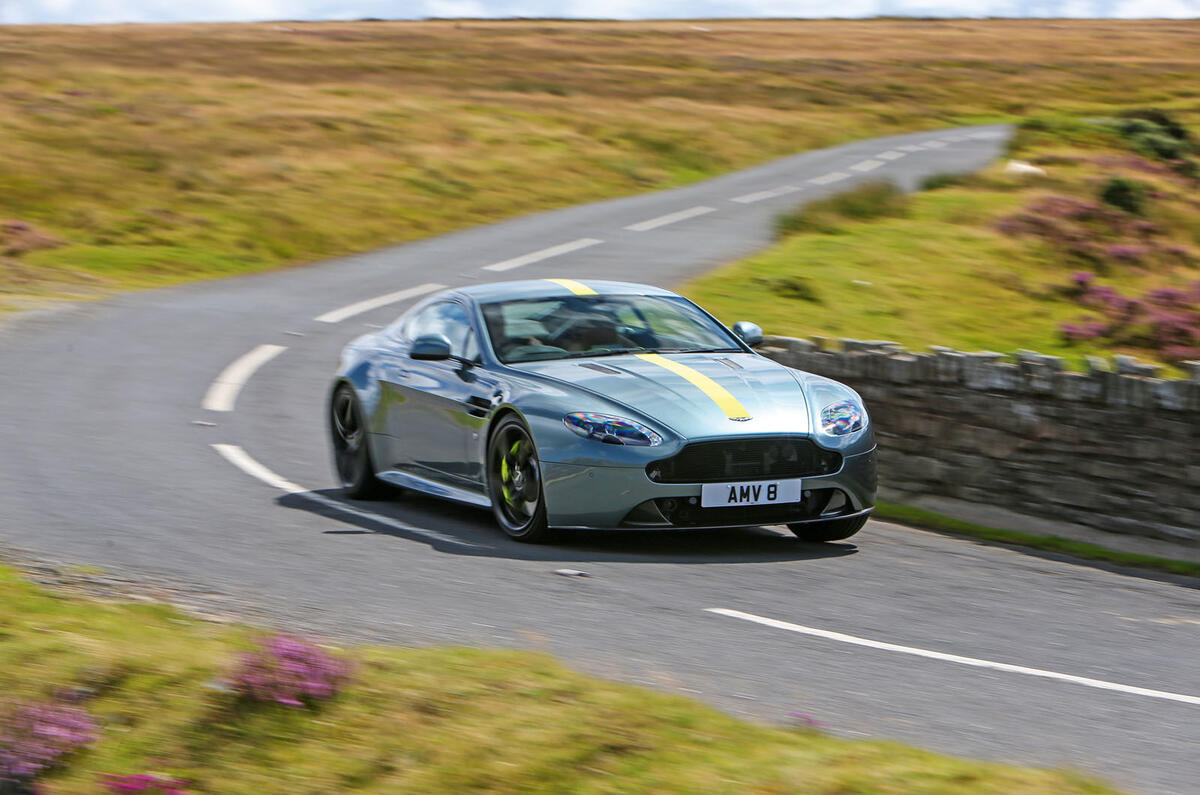





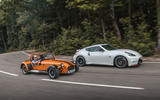
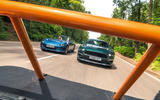
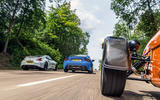
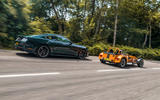

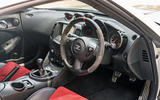

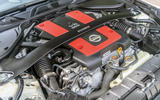
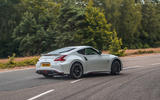
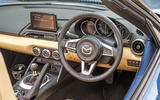
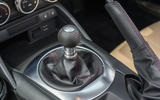
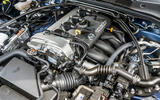
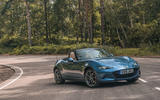

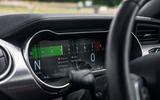
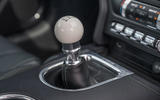
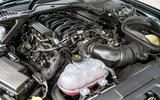
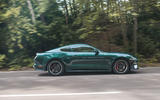
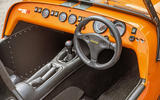
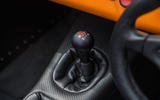
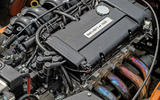

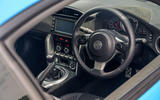
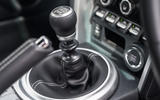
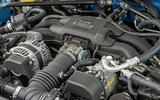


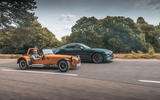

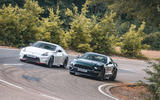


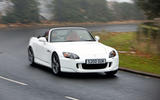

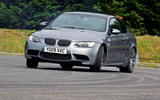
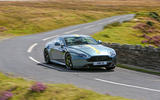





Join the debate
Add your comment
Great Cars
There is a lot to be said
So for me the most important bits are the na and manual combo.
Front-wheel drive has
Front-wheel drive has obviously played its part, its benign driving dynamics and packaging benefits making it the number one choice for mainstream machines, while the greatest minds in motorsport have made their case for sticking the motor in the middle. And even those who have persisted with the original Système Panhard have been forced by ever-increasing eco-friendly pressure to adopt sophisticated automatic gearboxes, plus power- and efficiency-boosting turbos. As a result, the atmospheric-engined, rear-wheel-drive car with a manual transmission has become an endangered species. I think this is an obvious thing, but we have to see it through time.